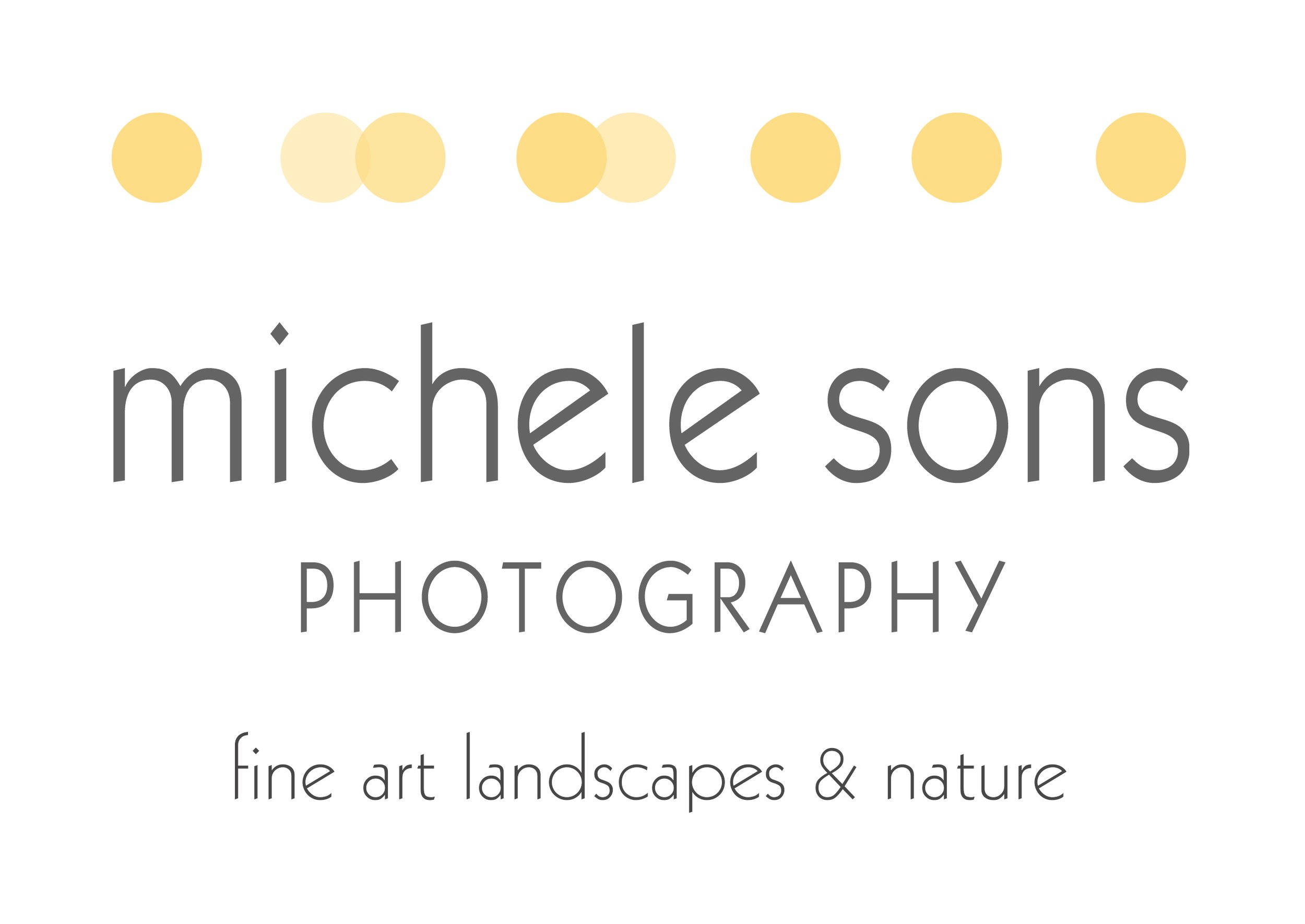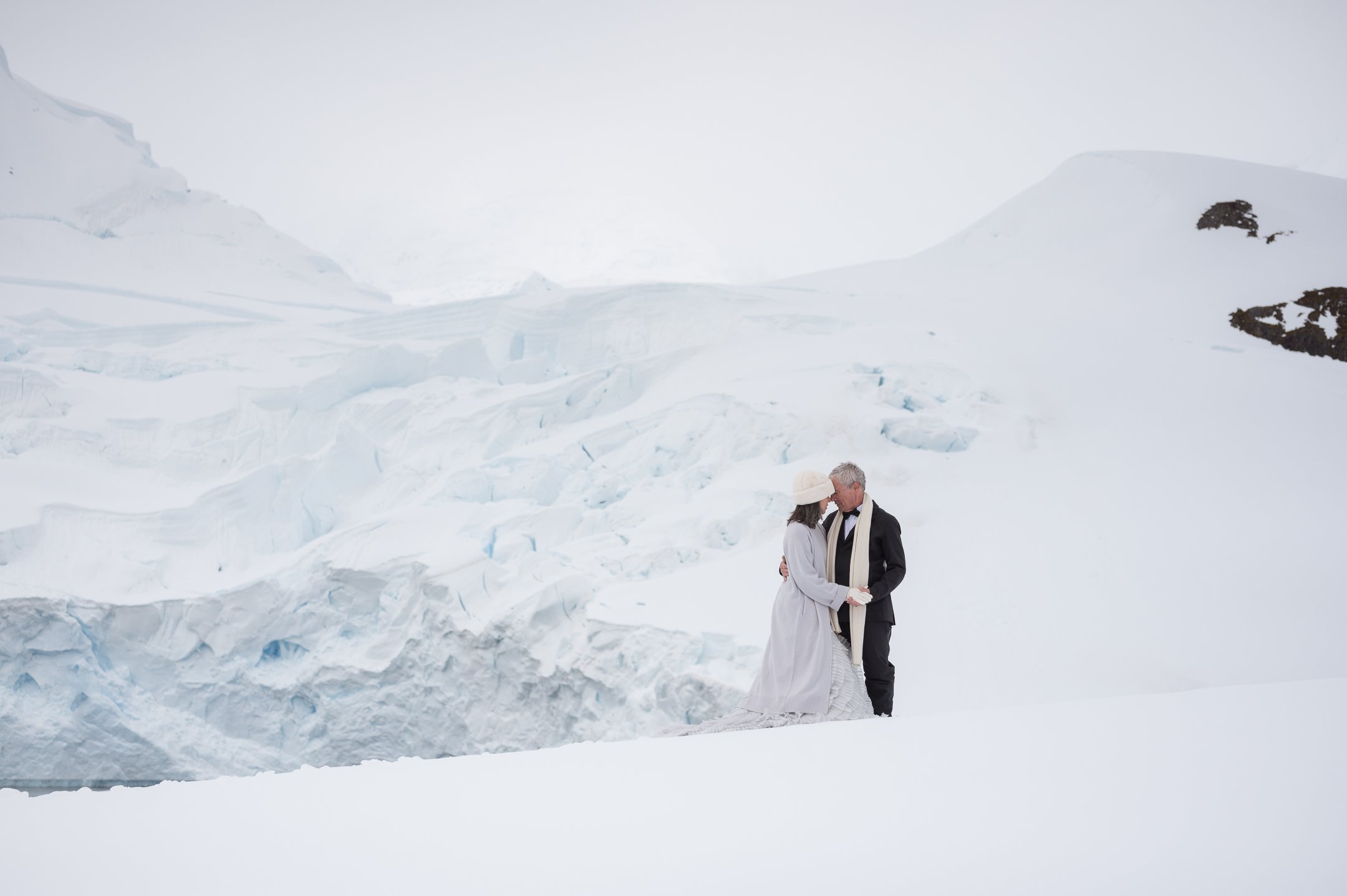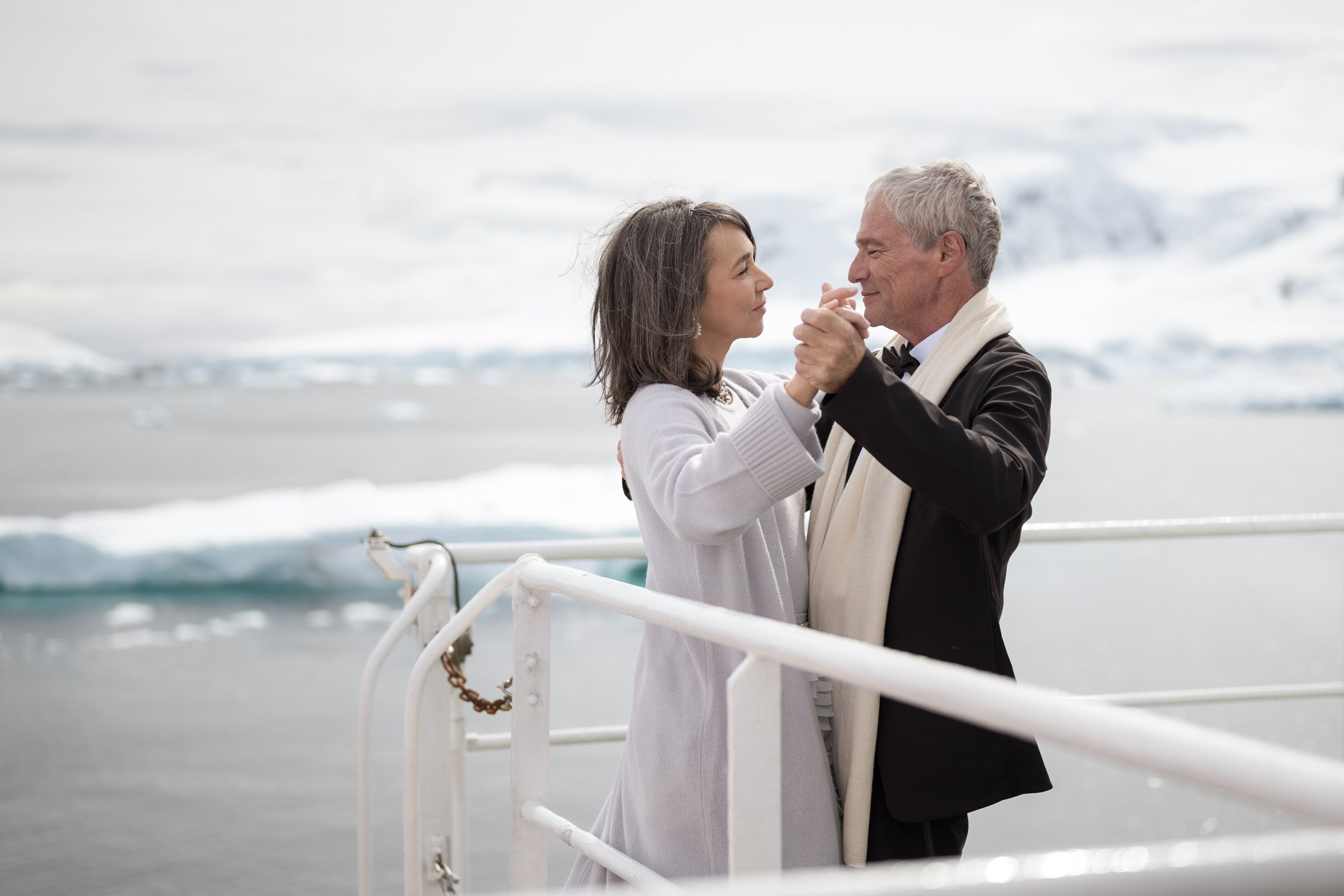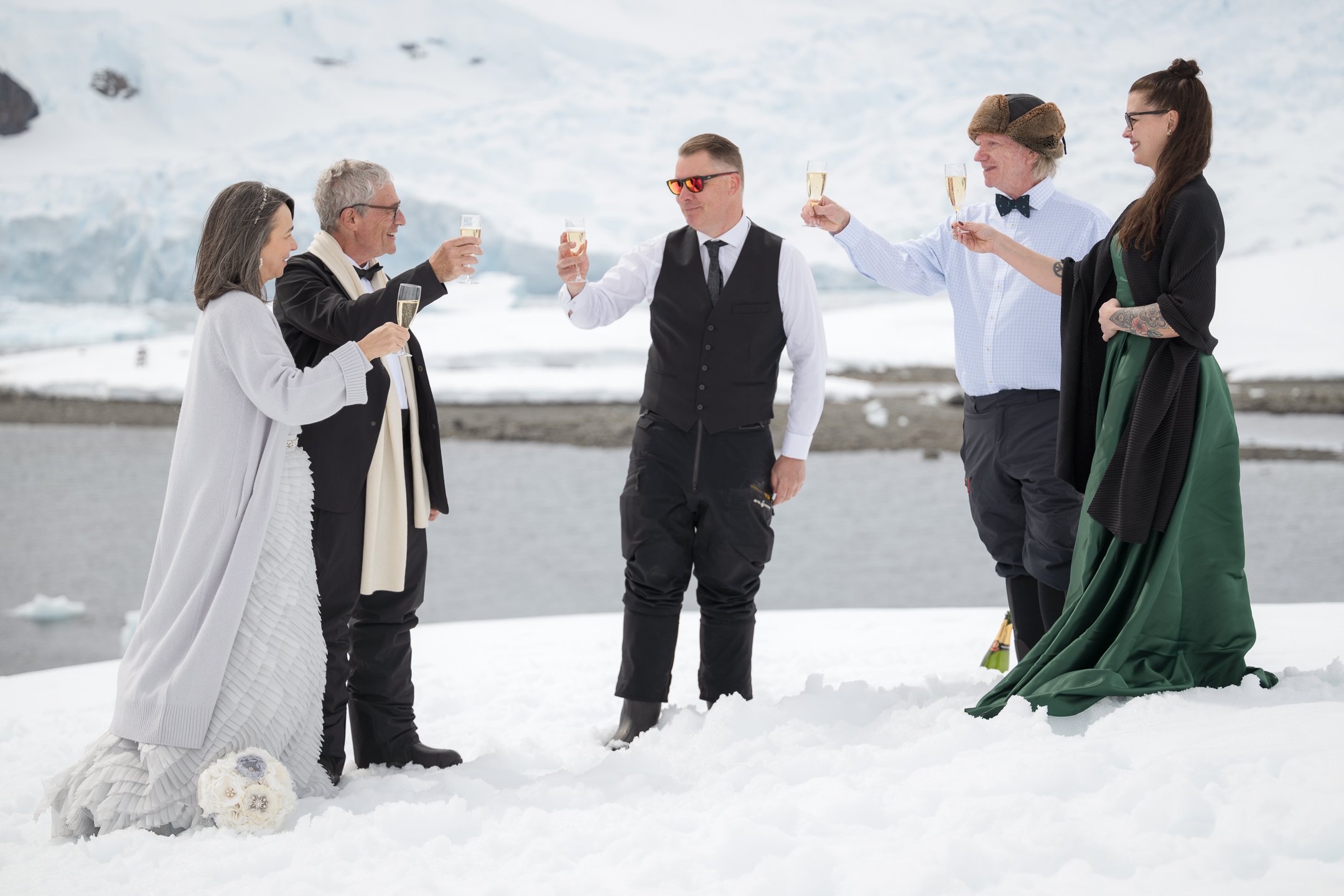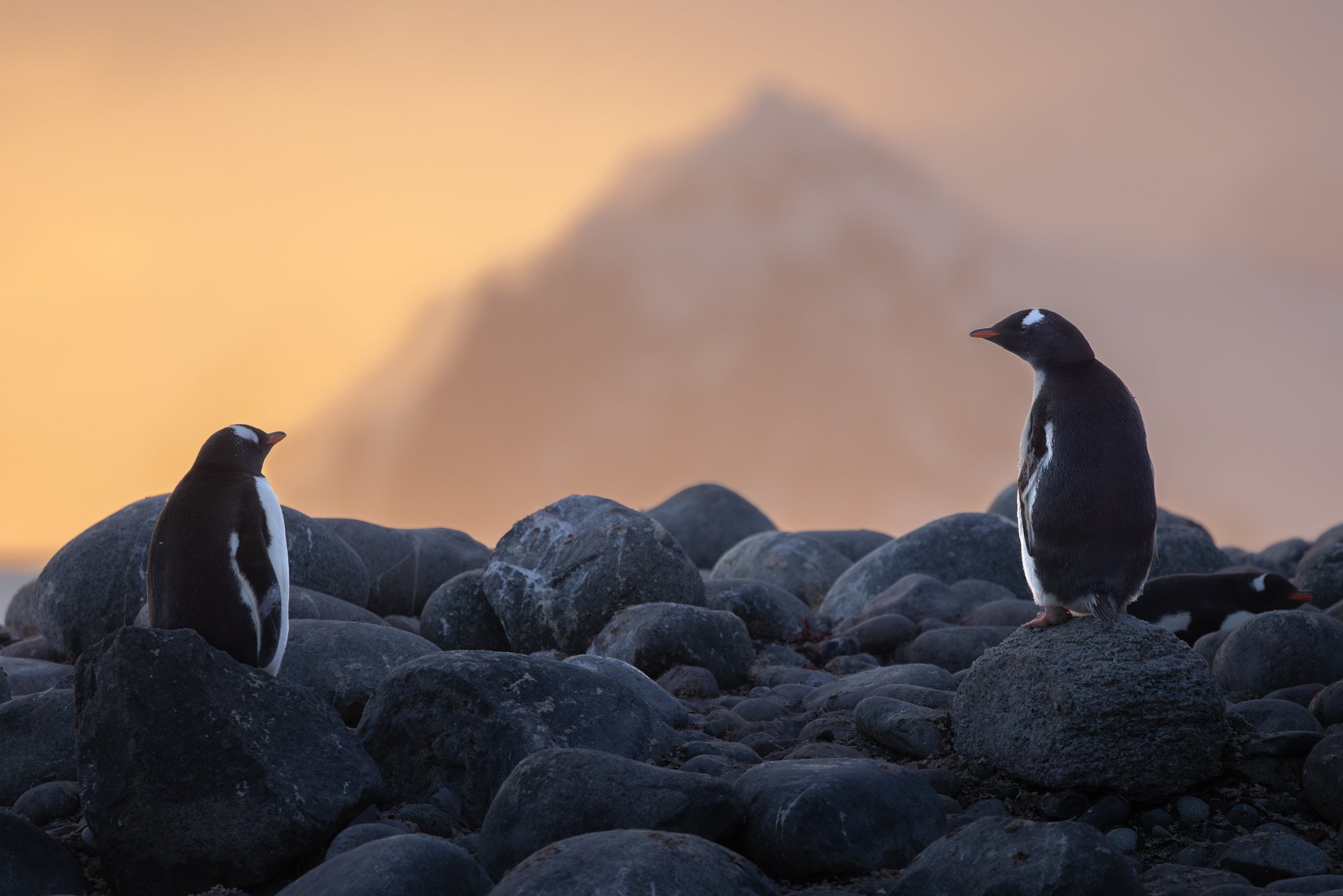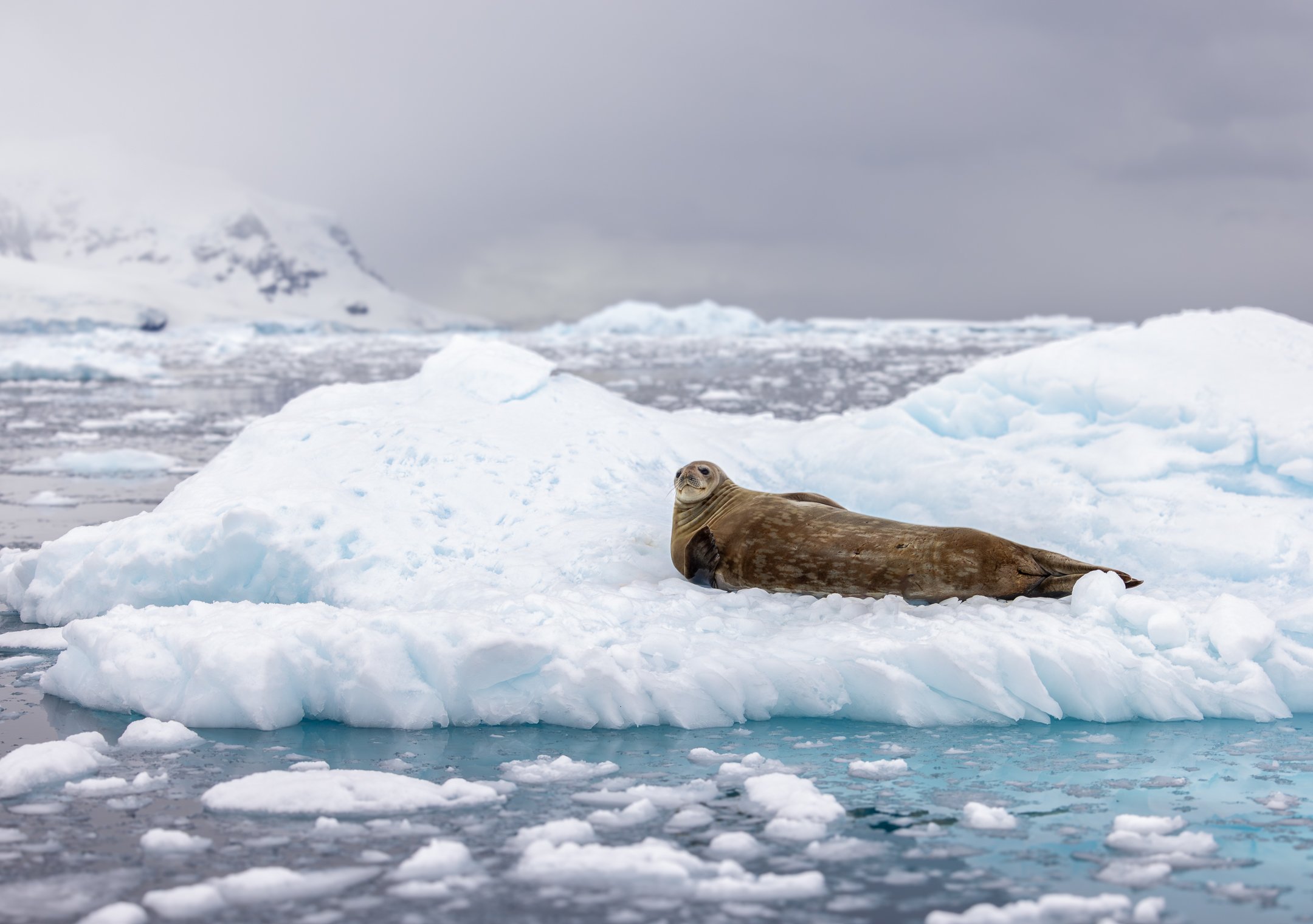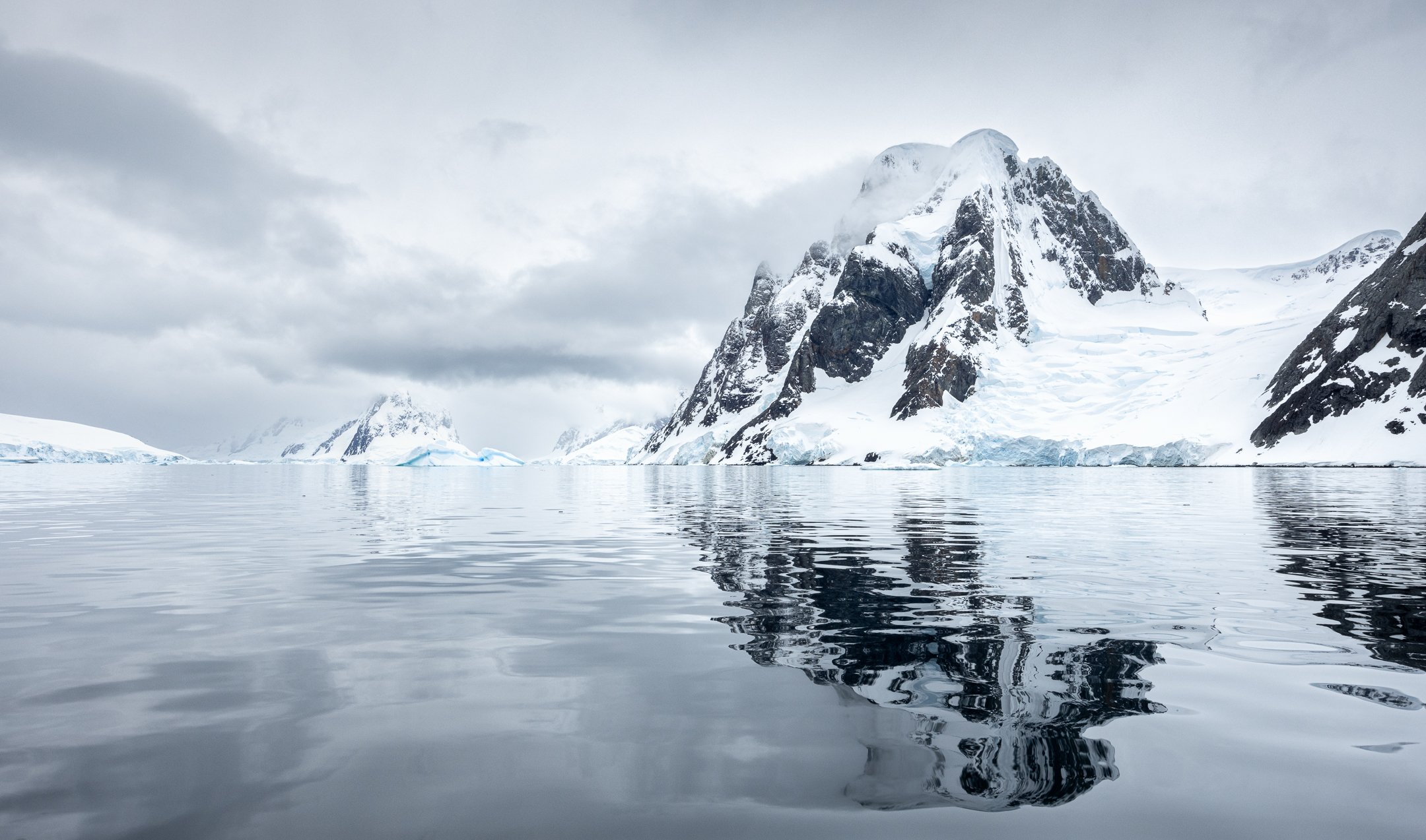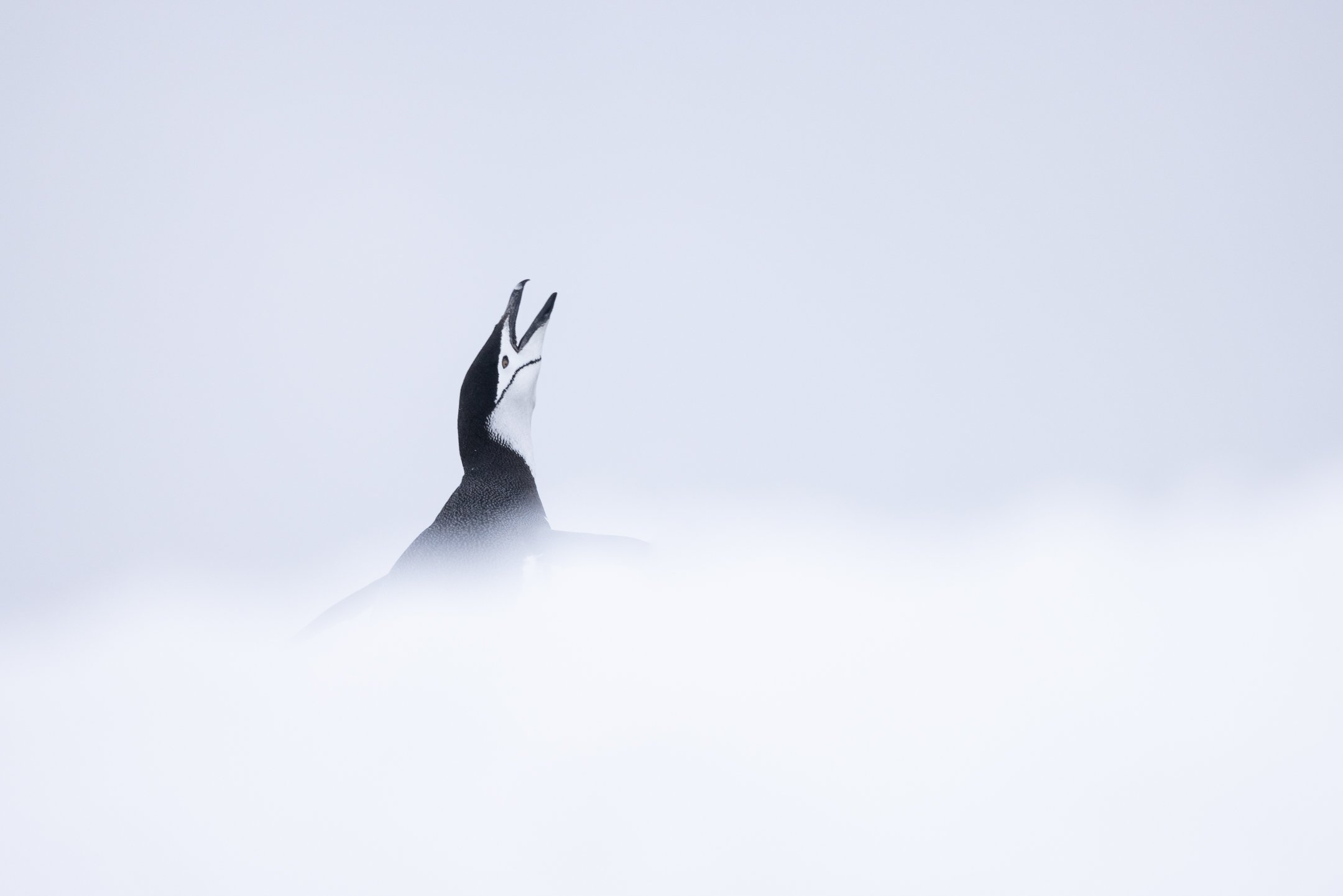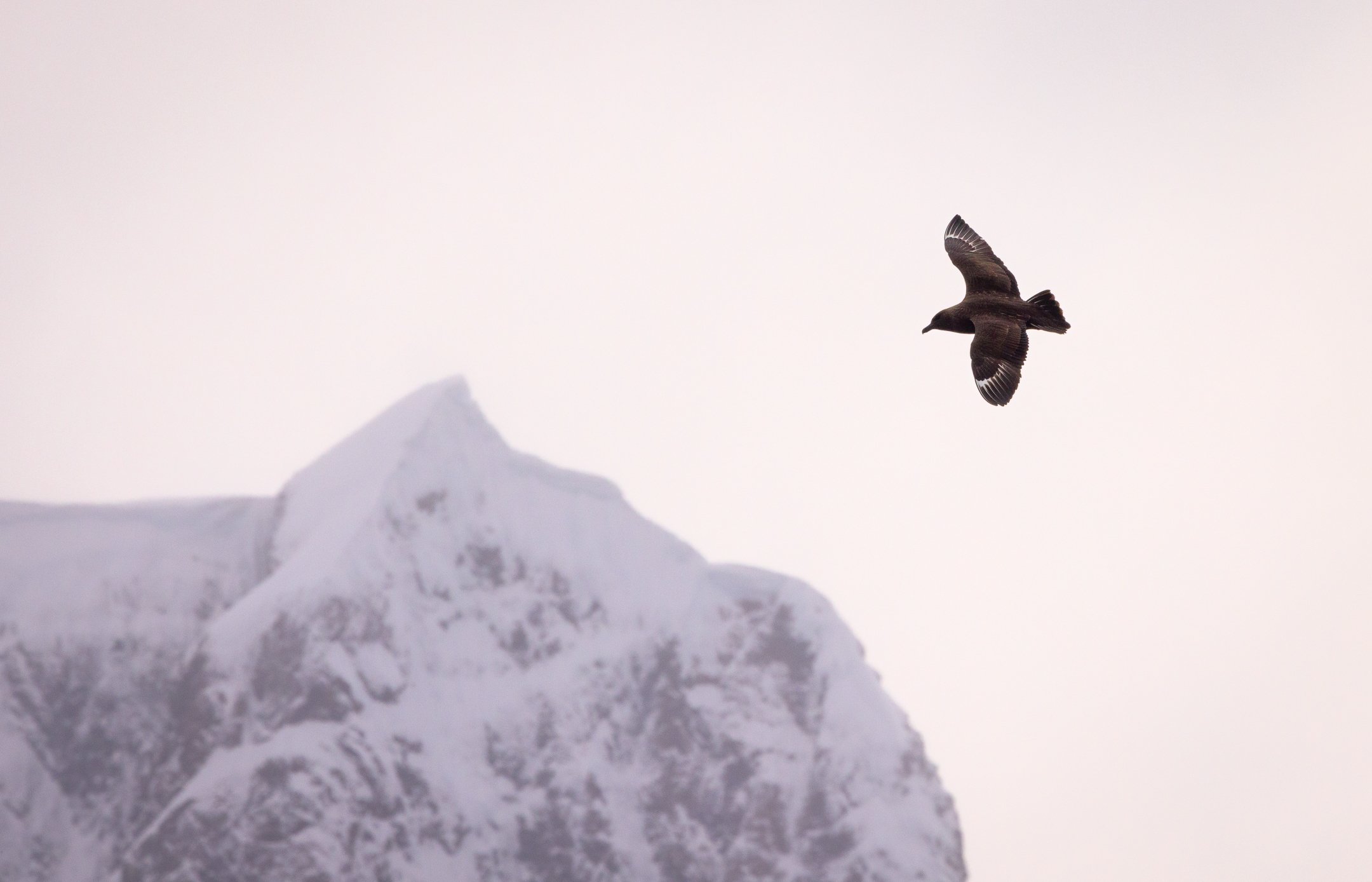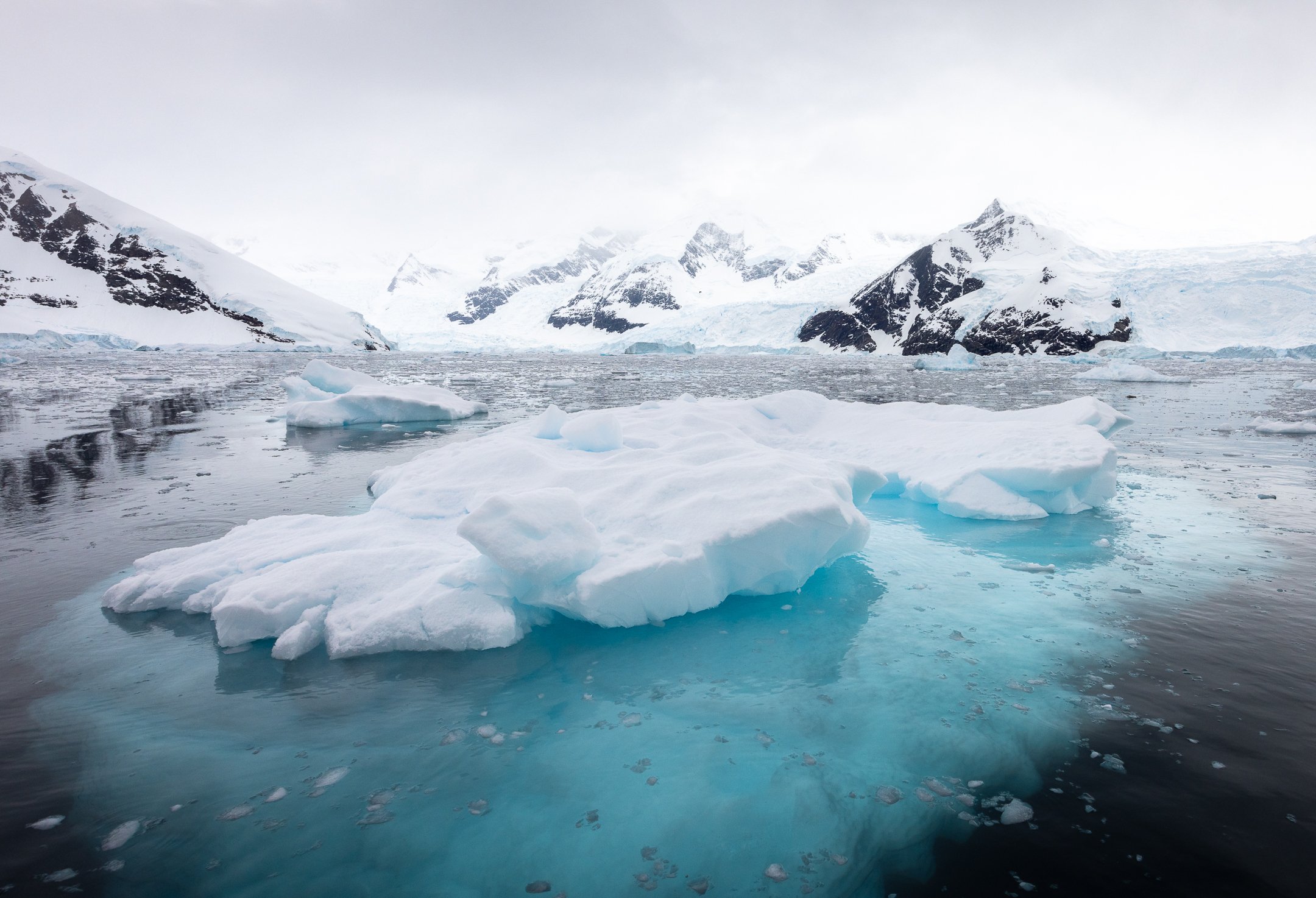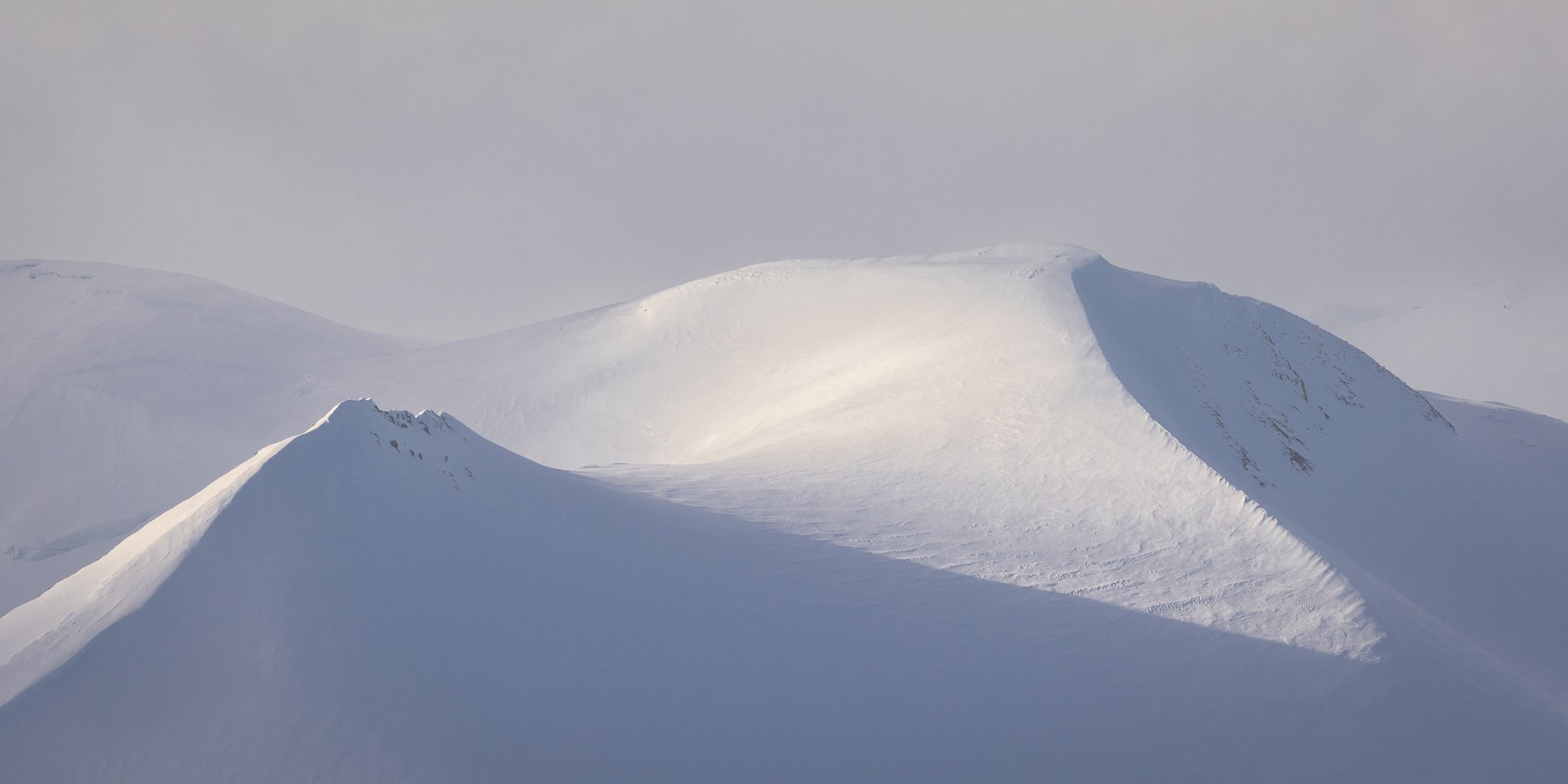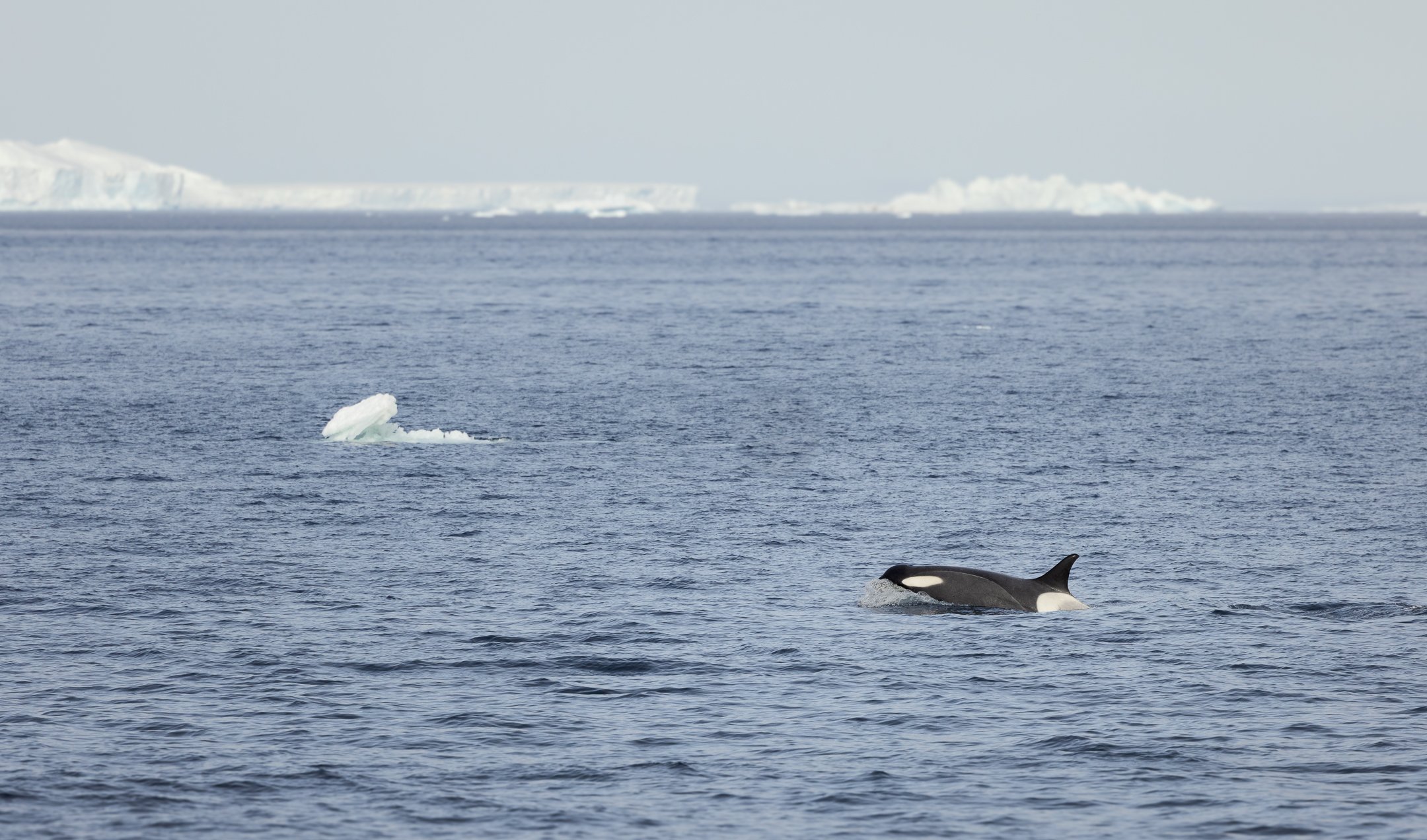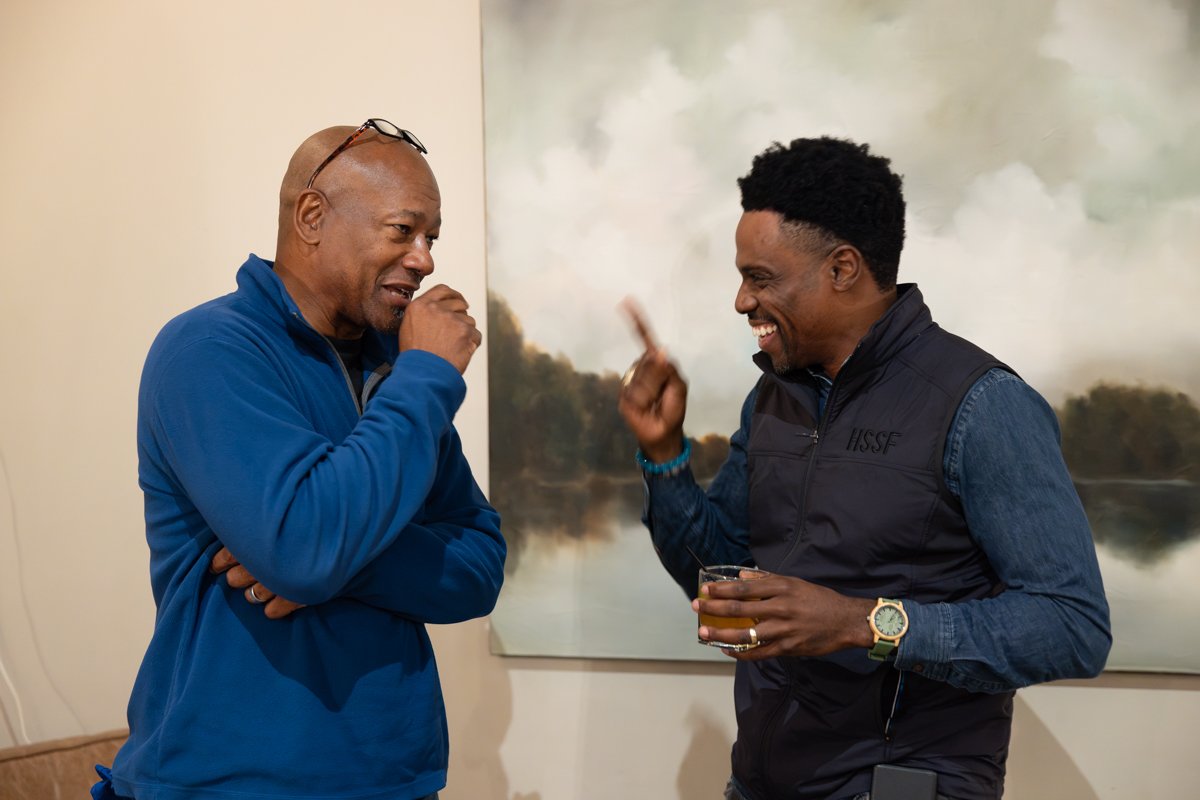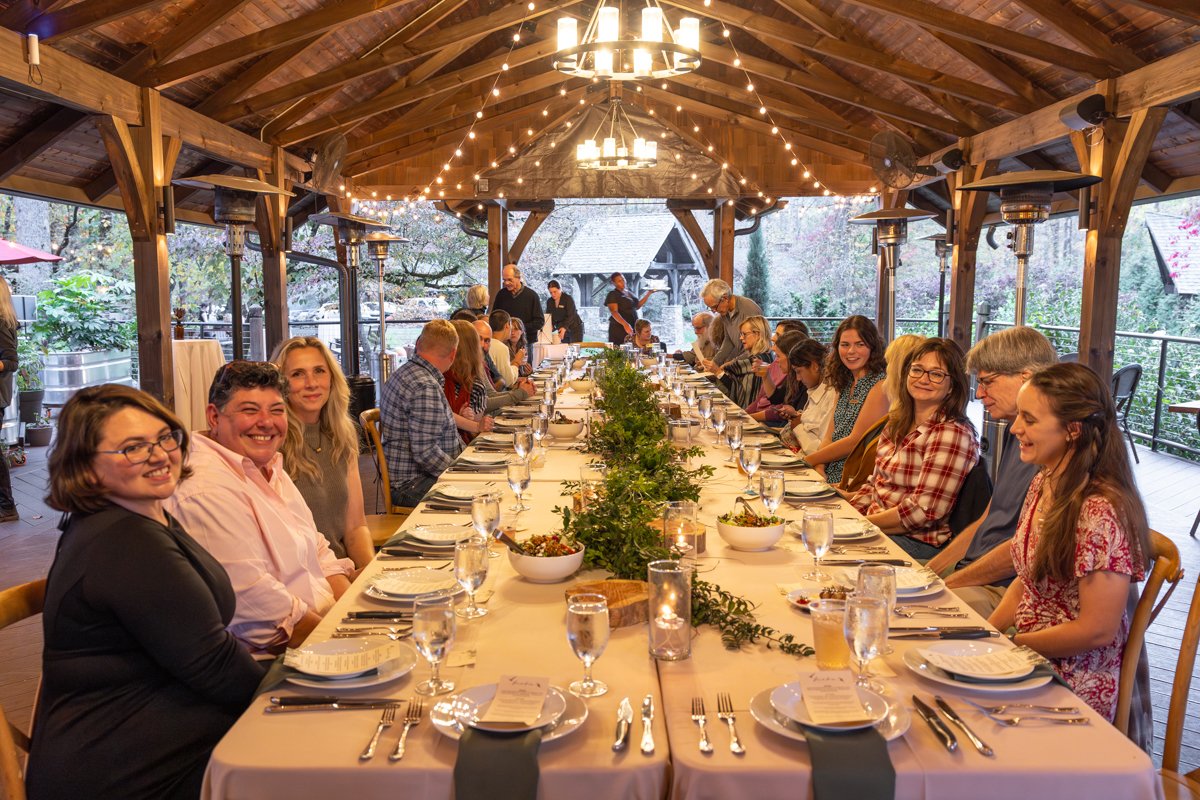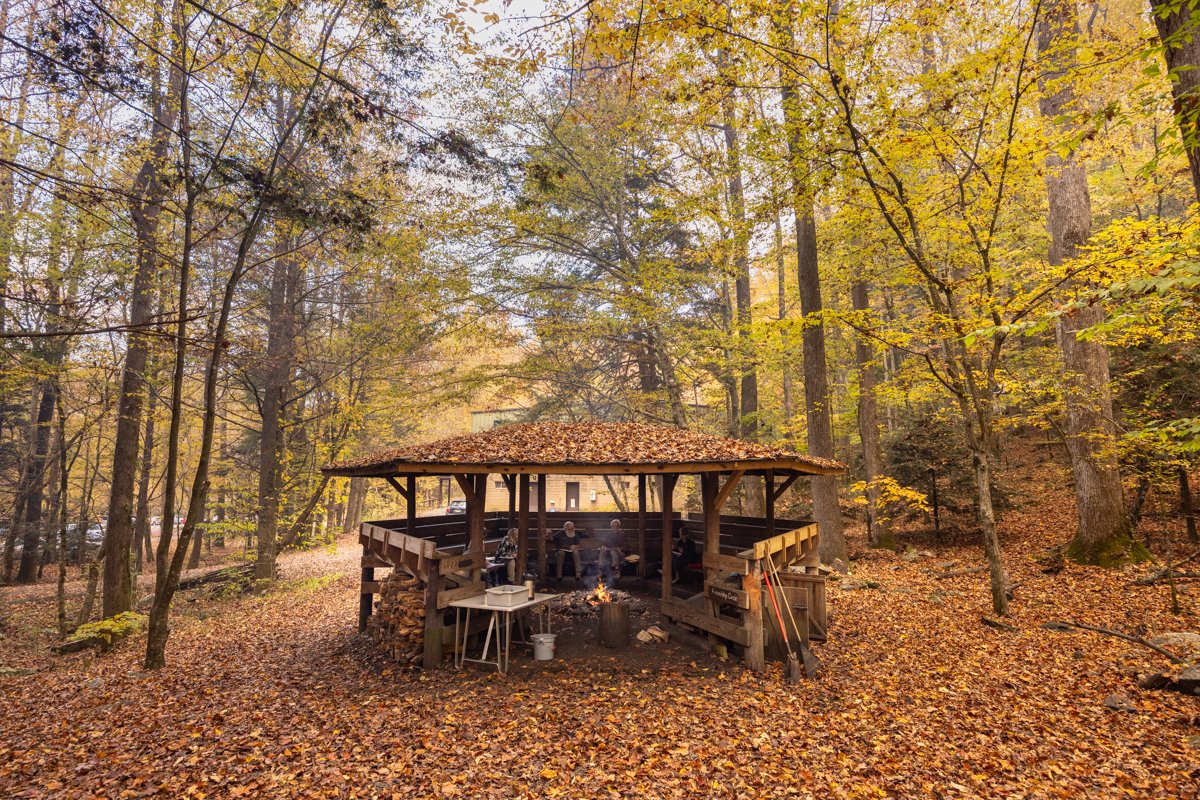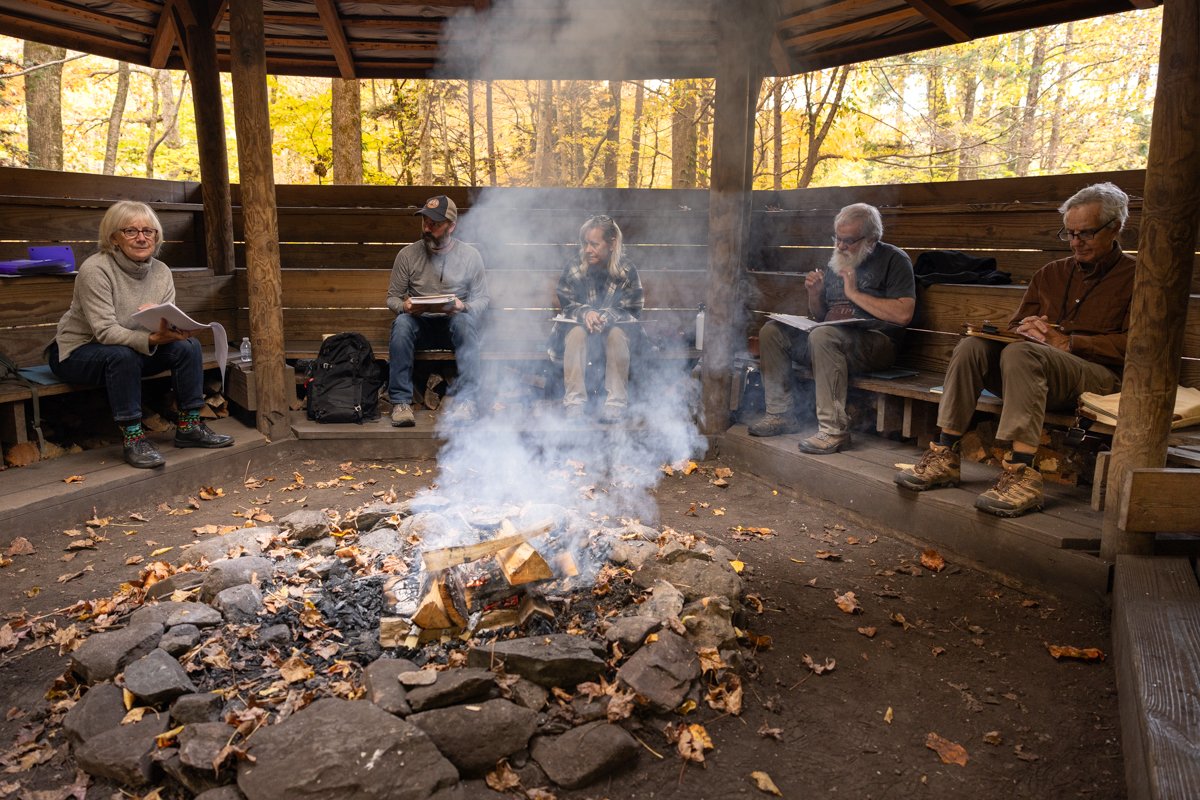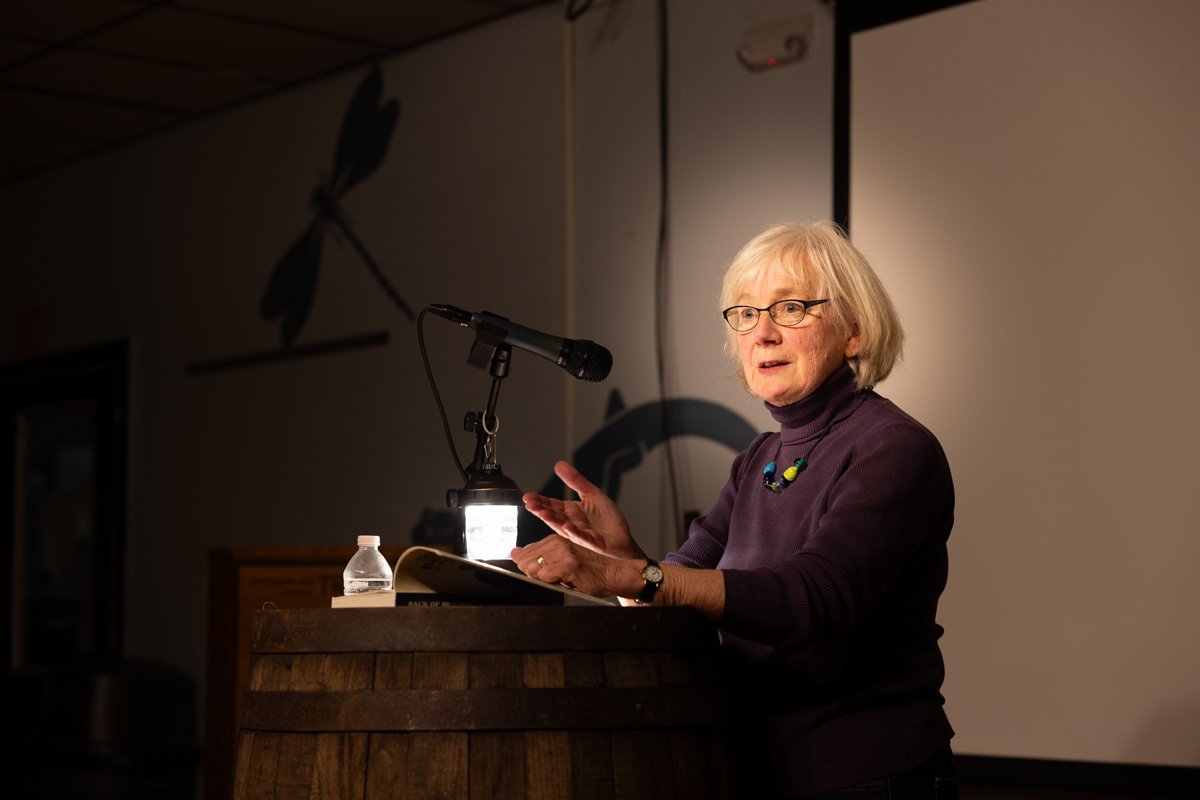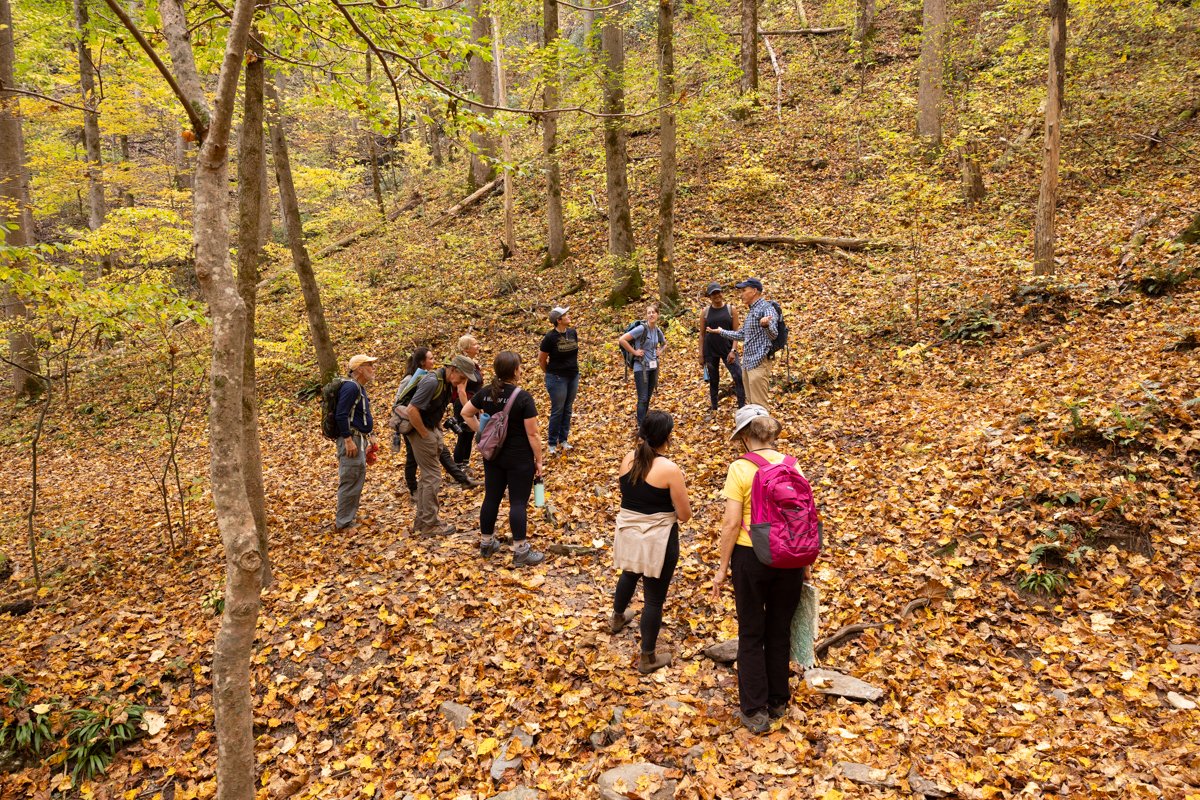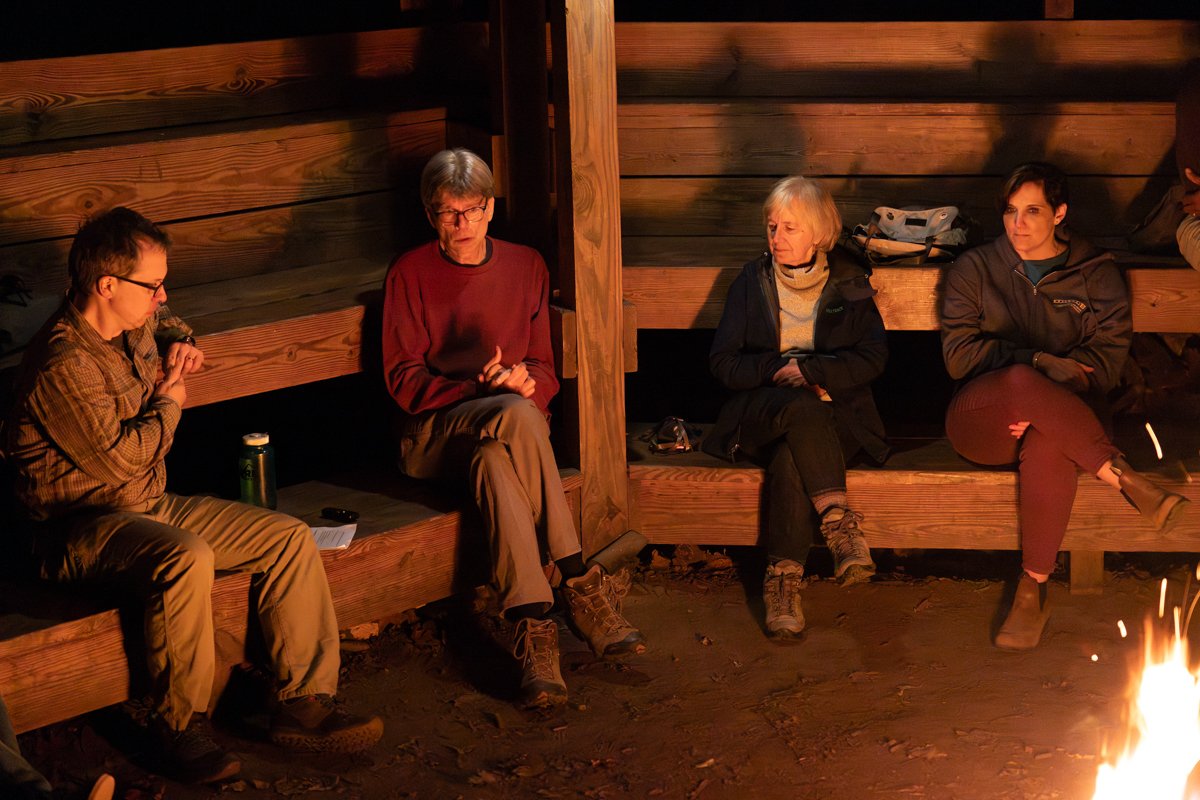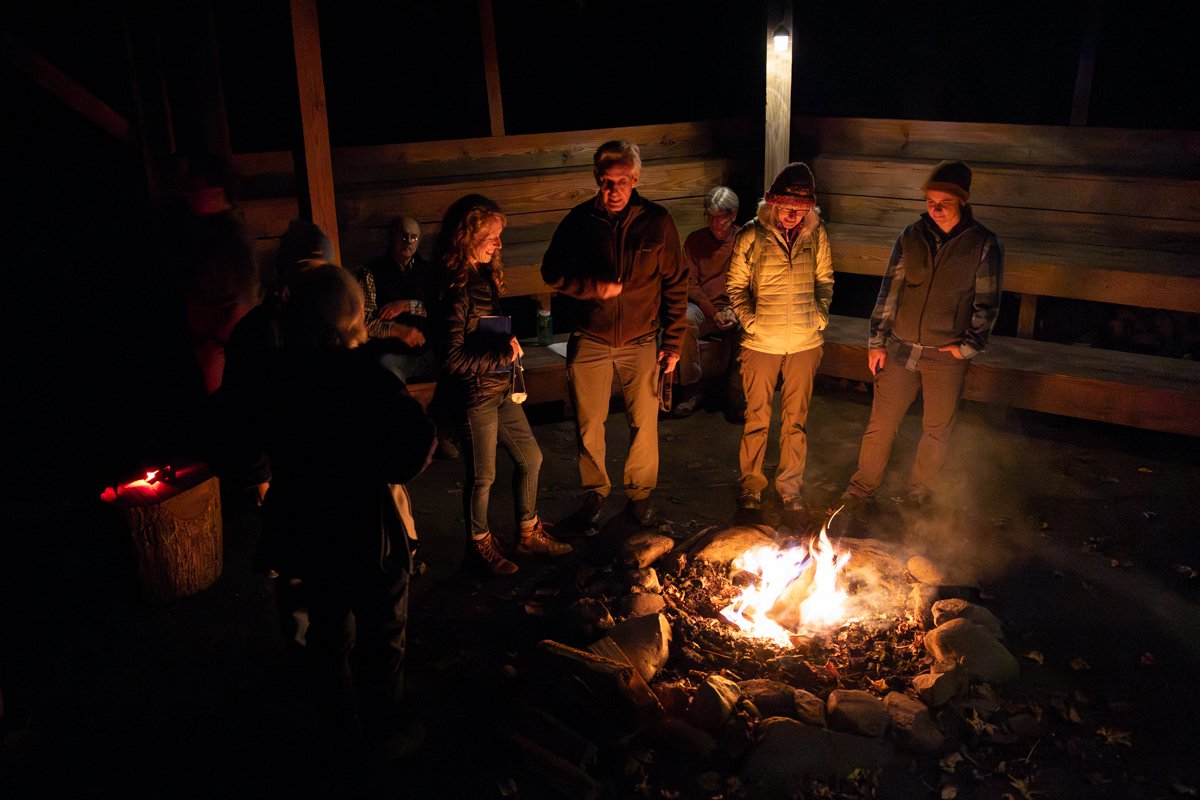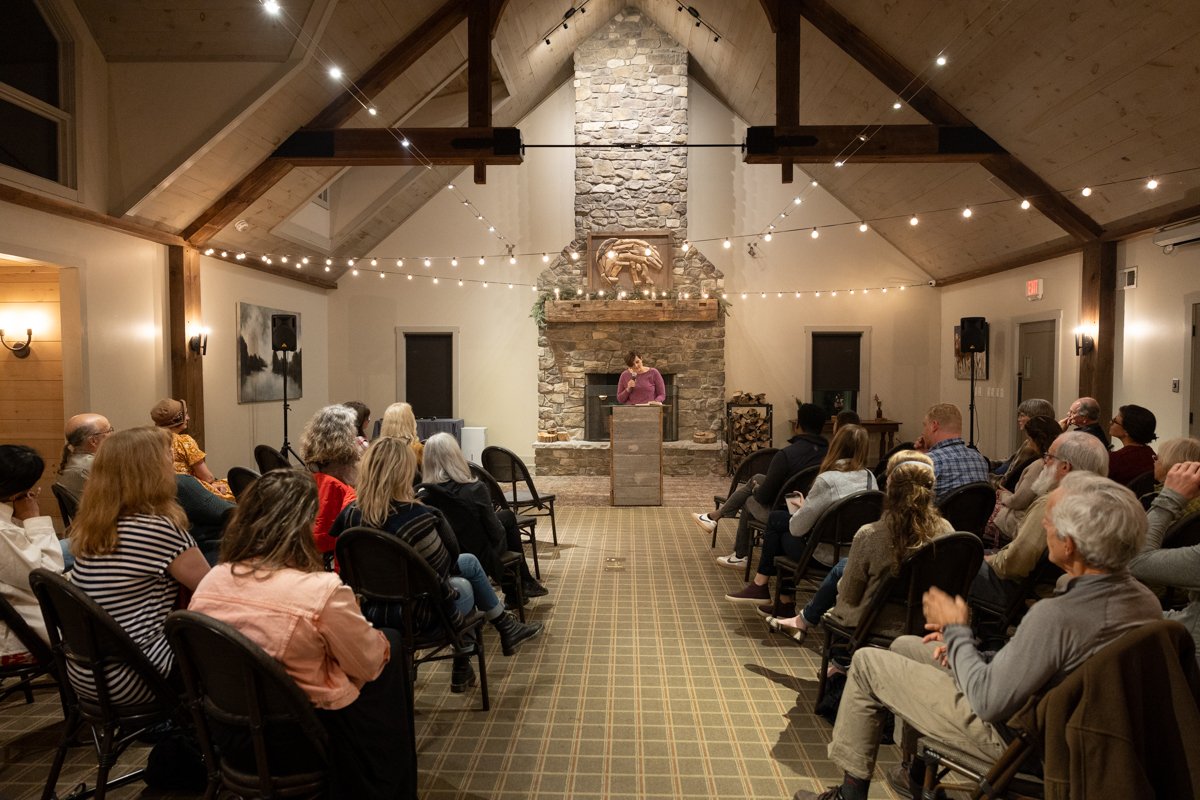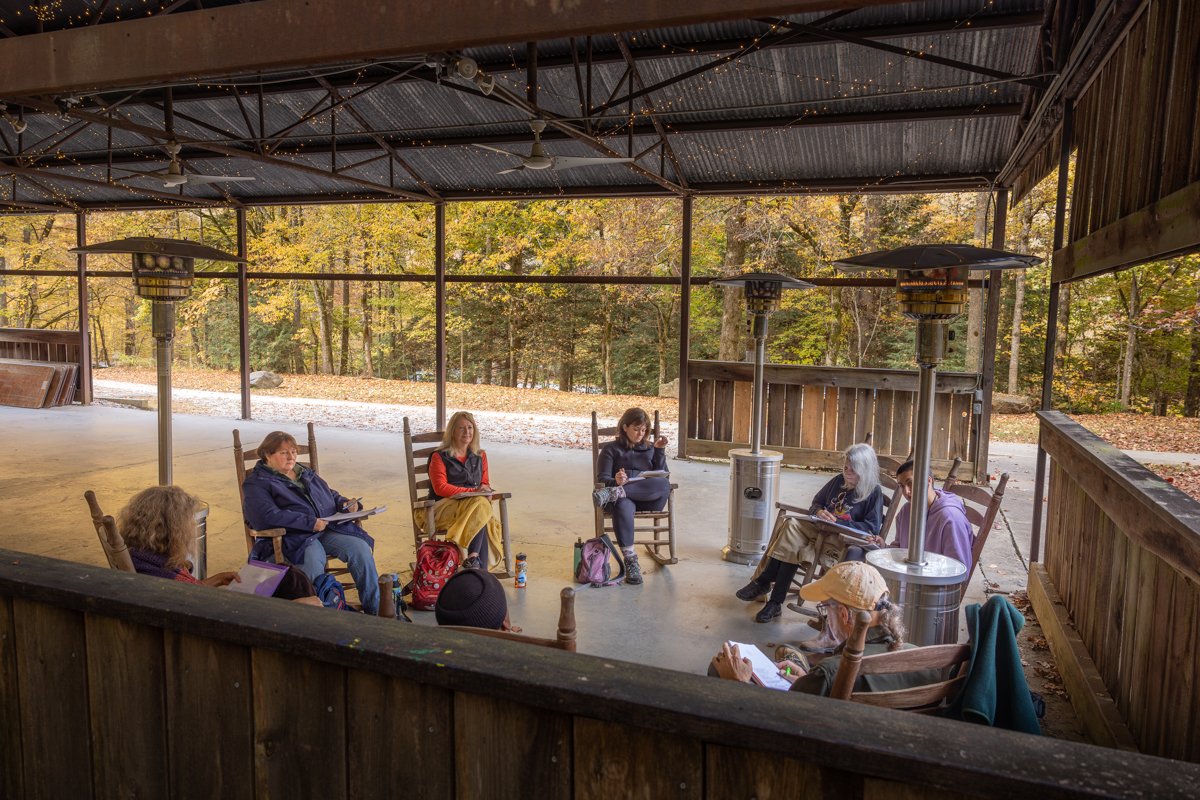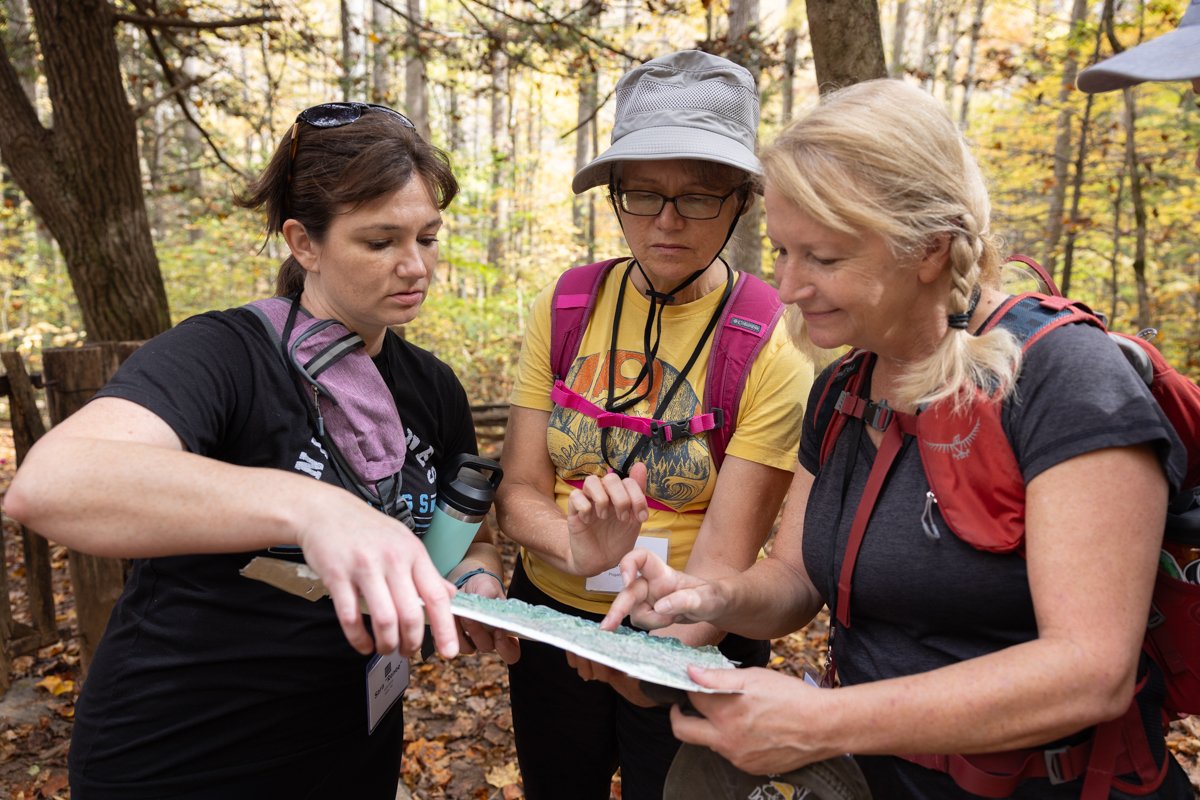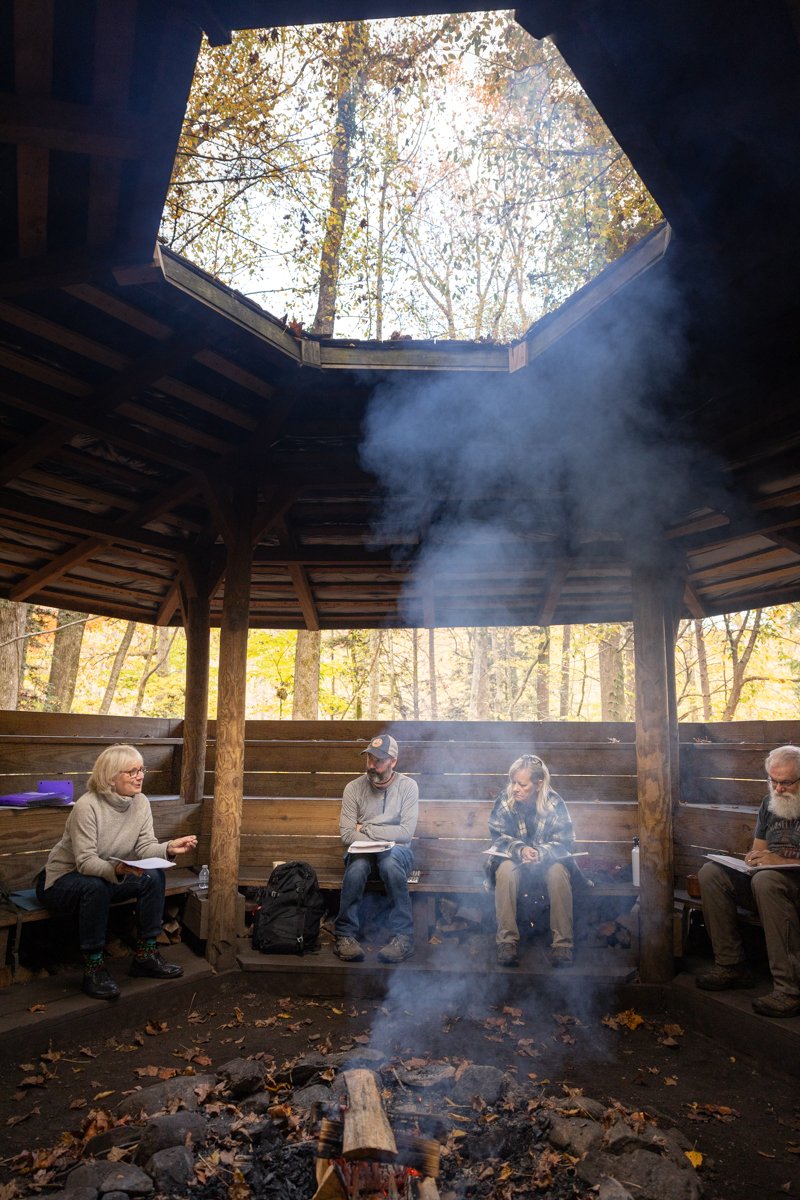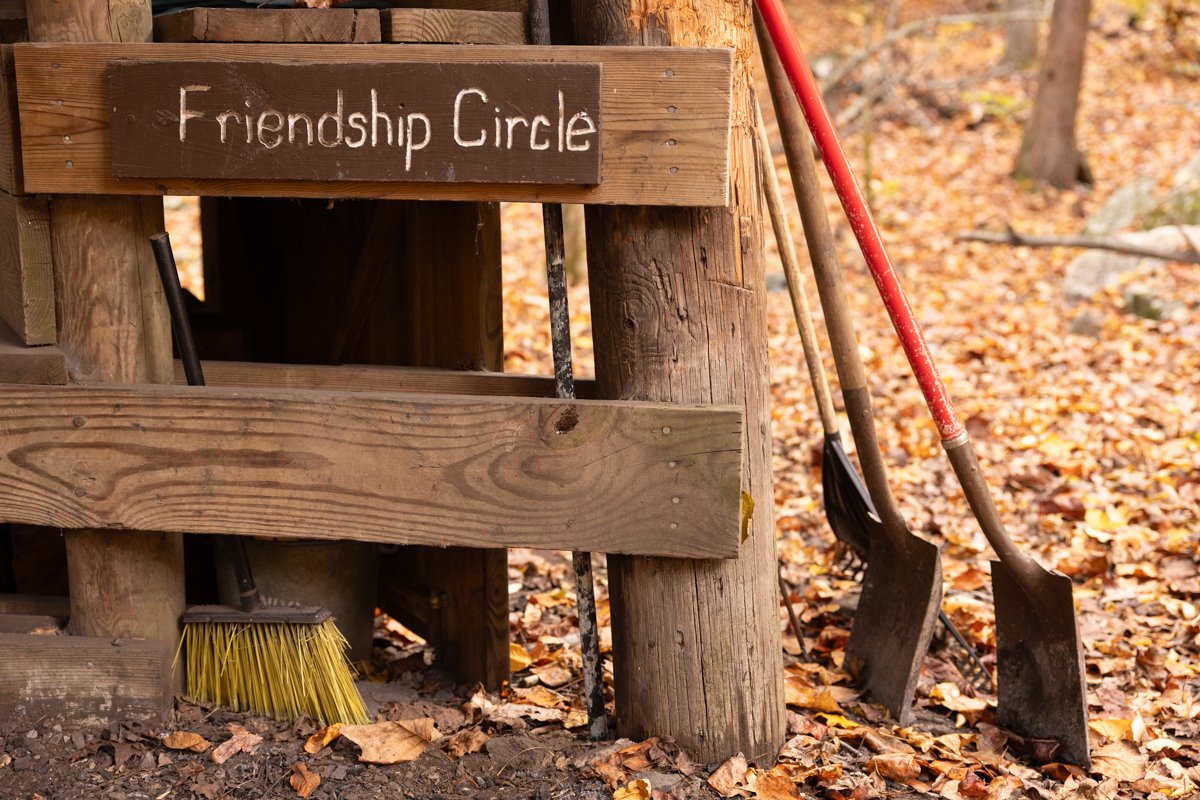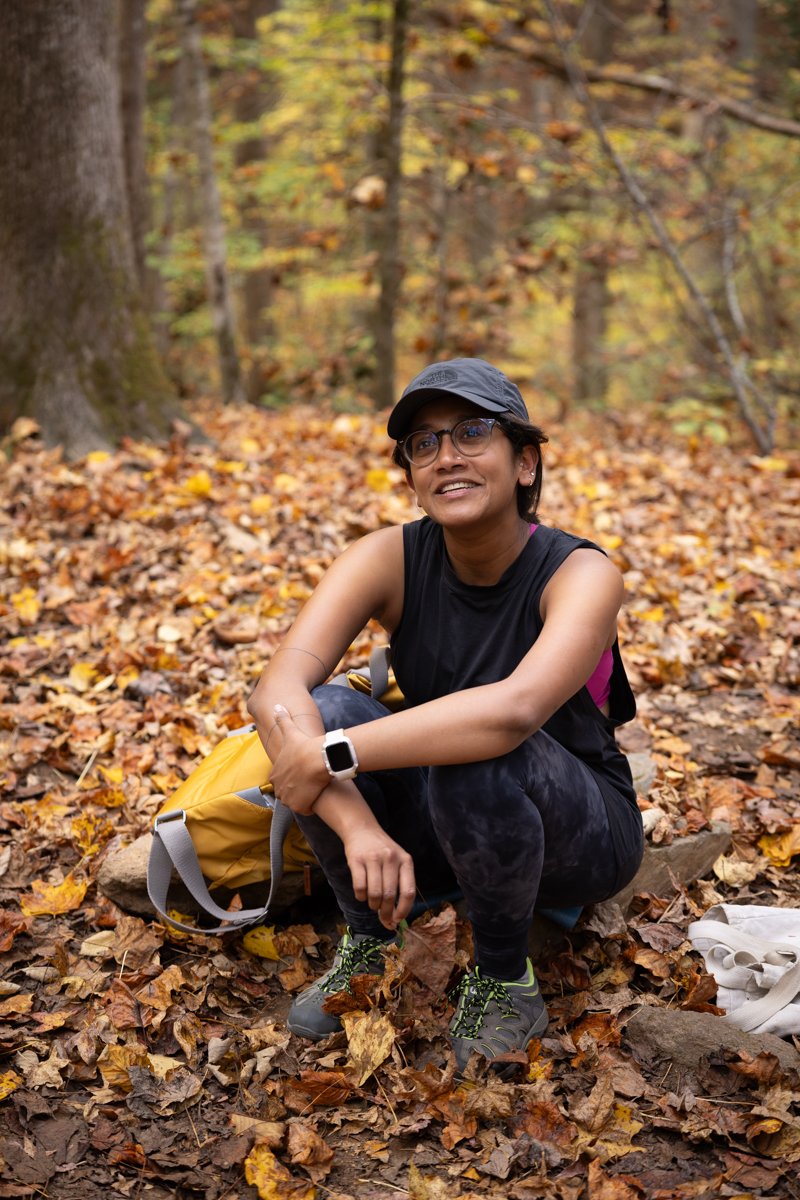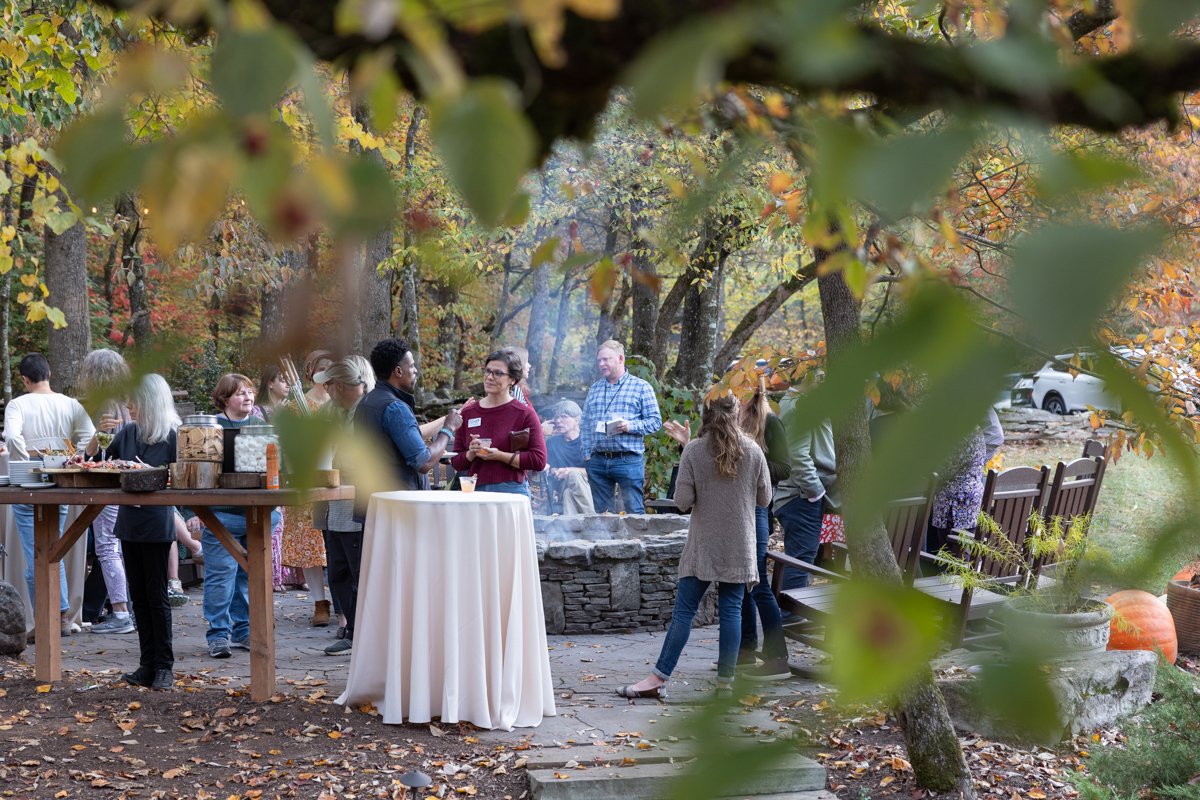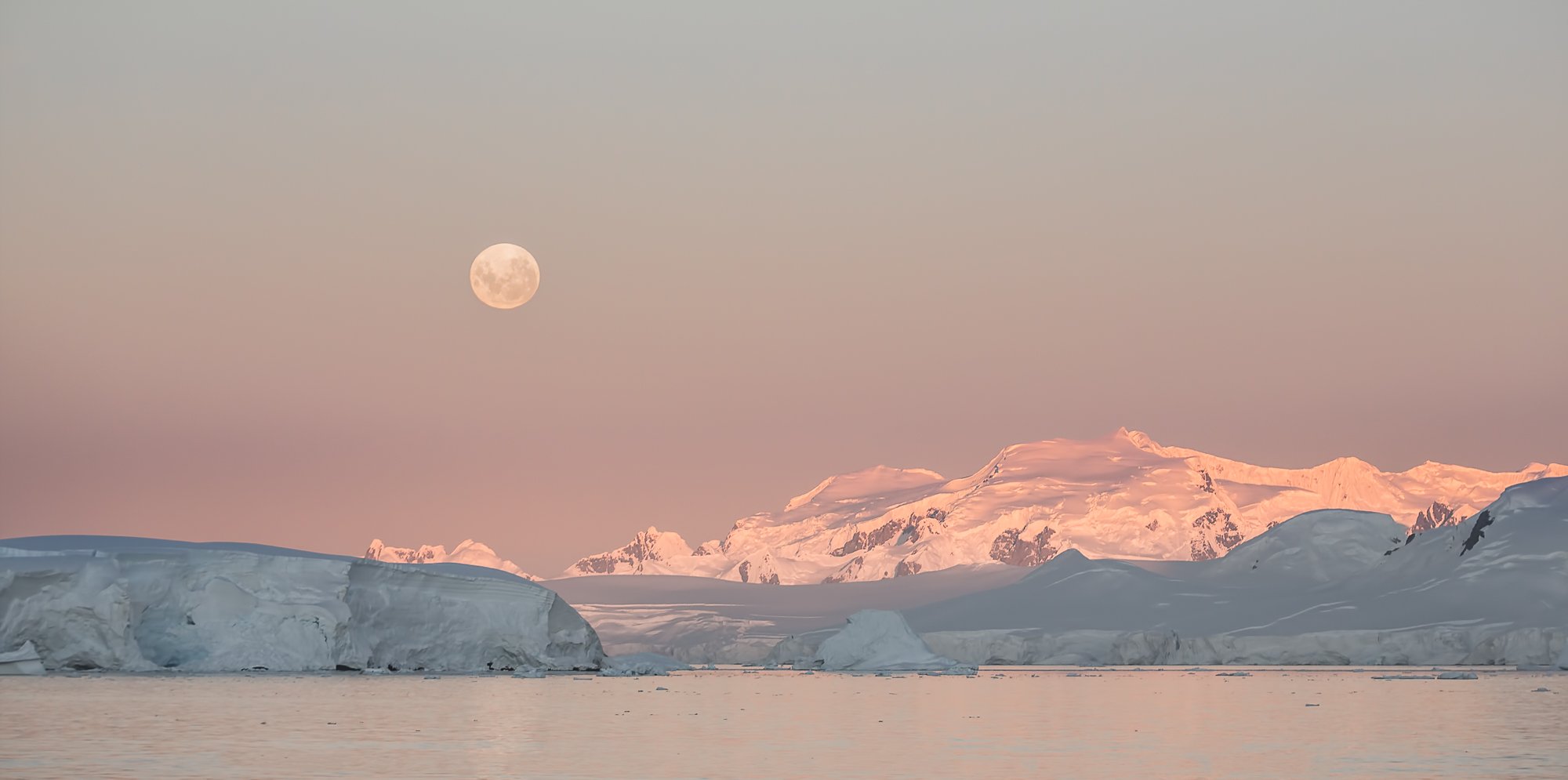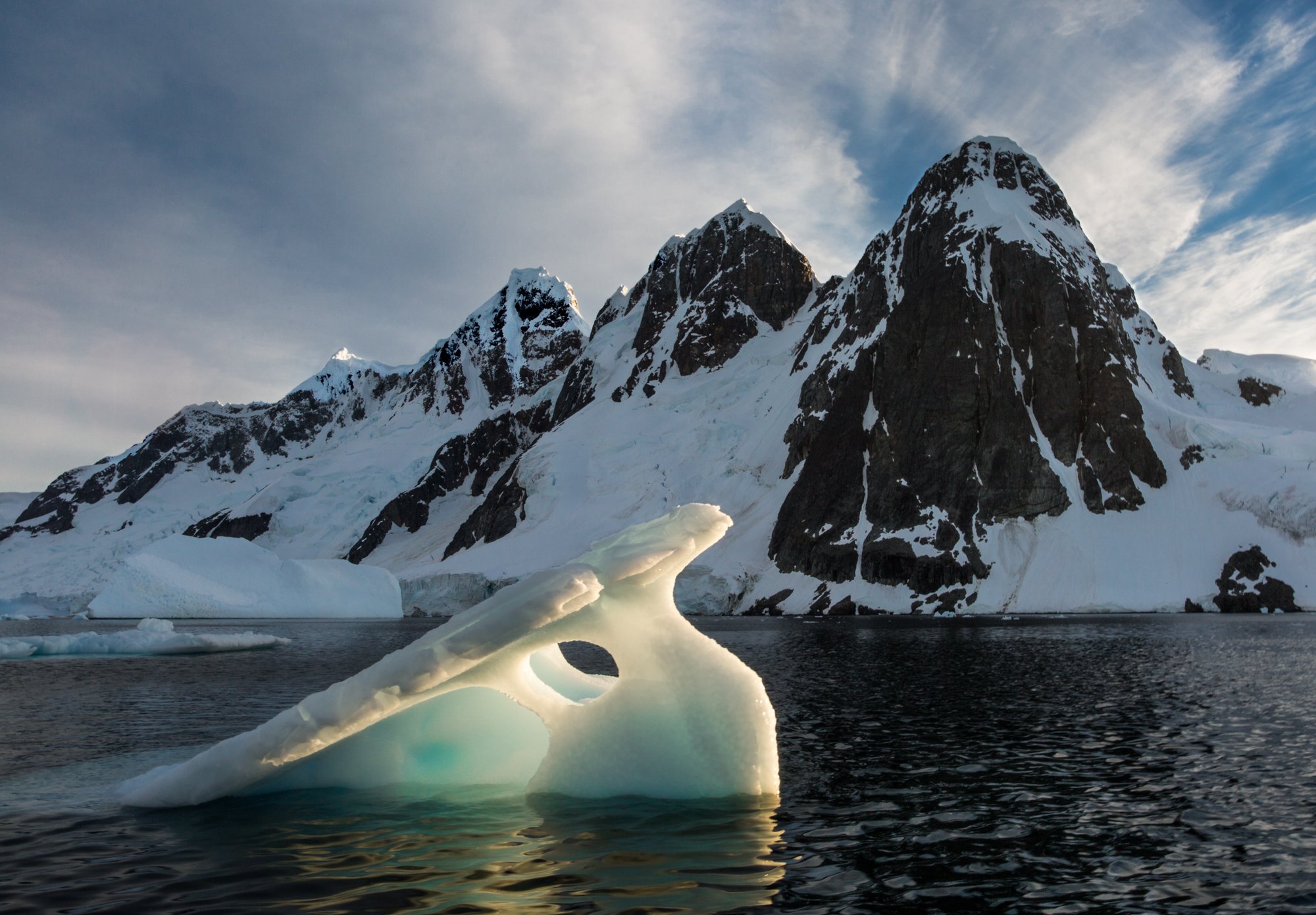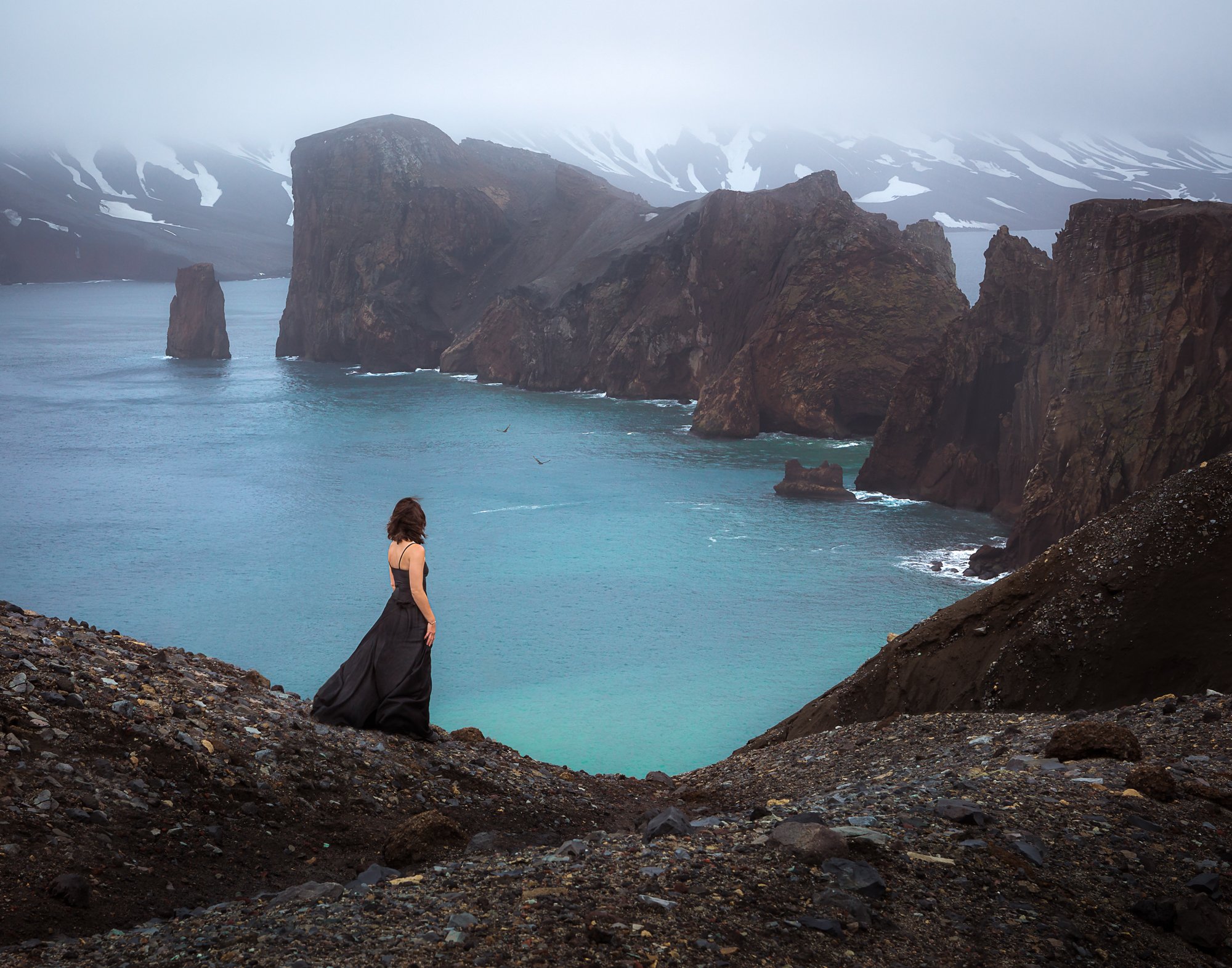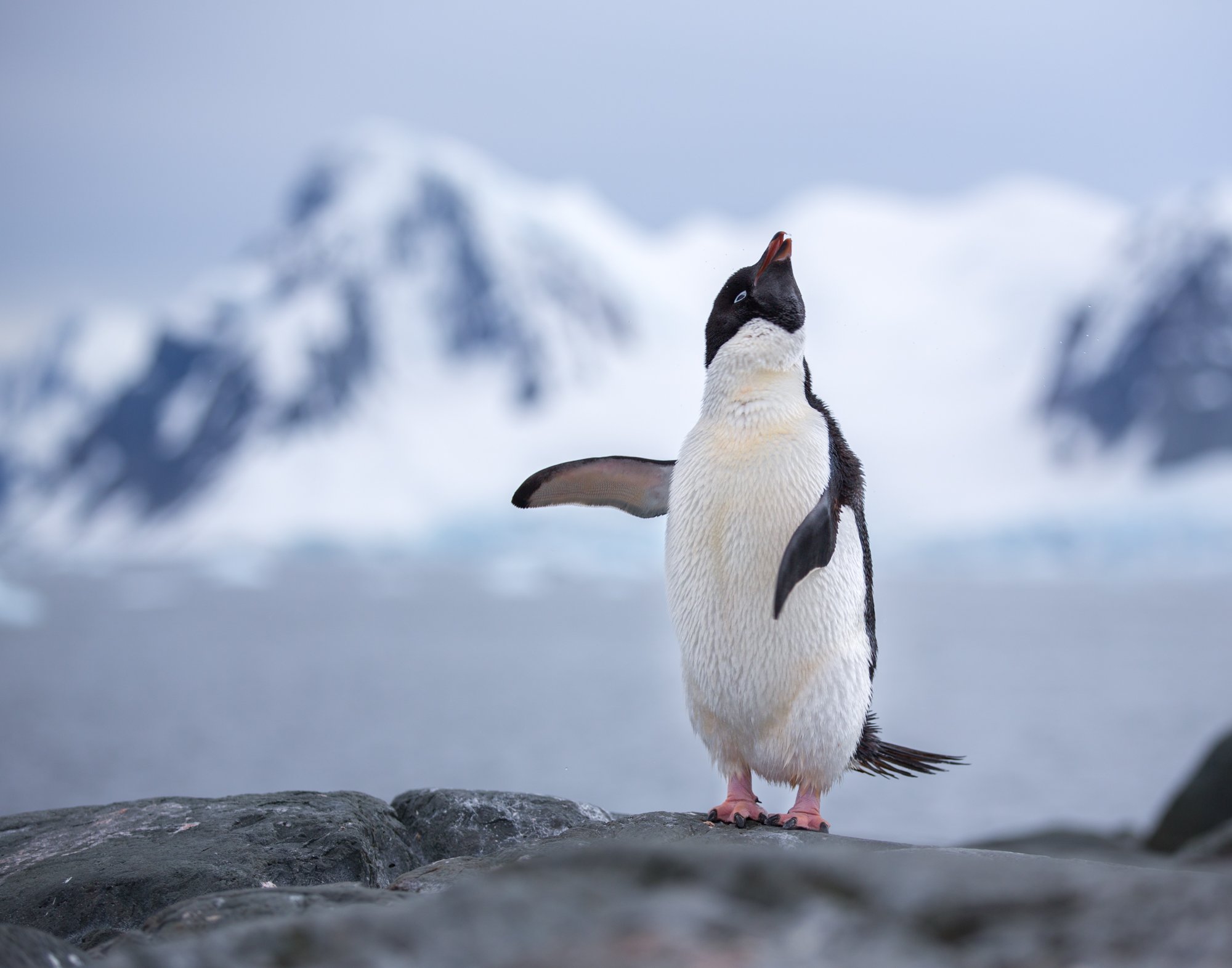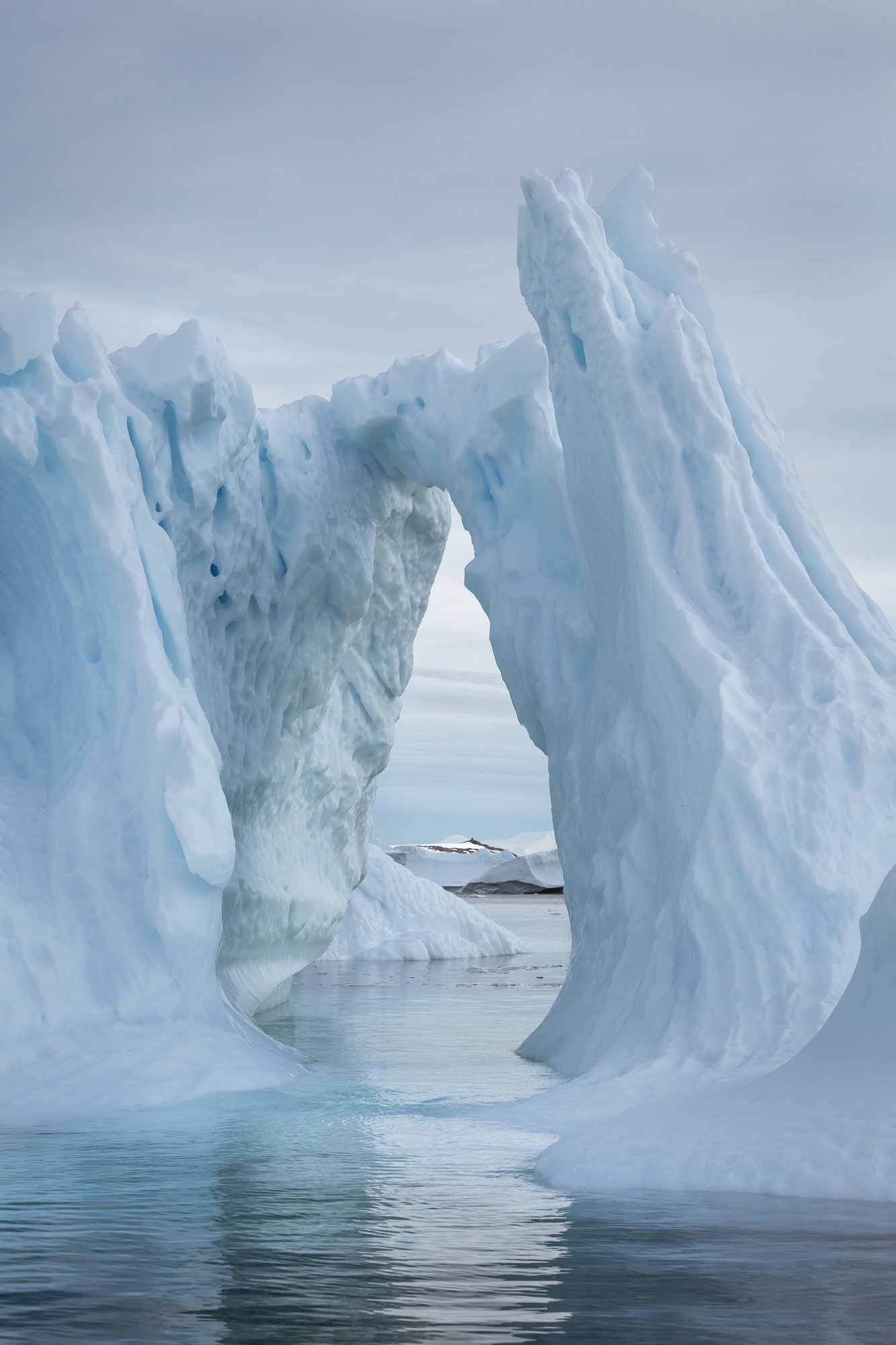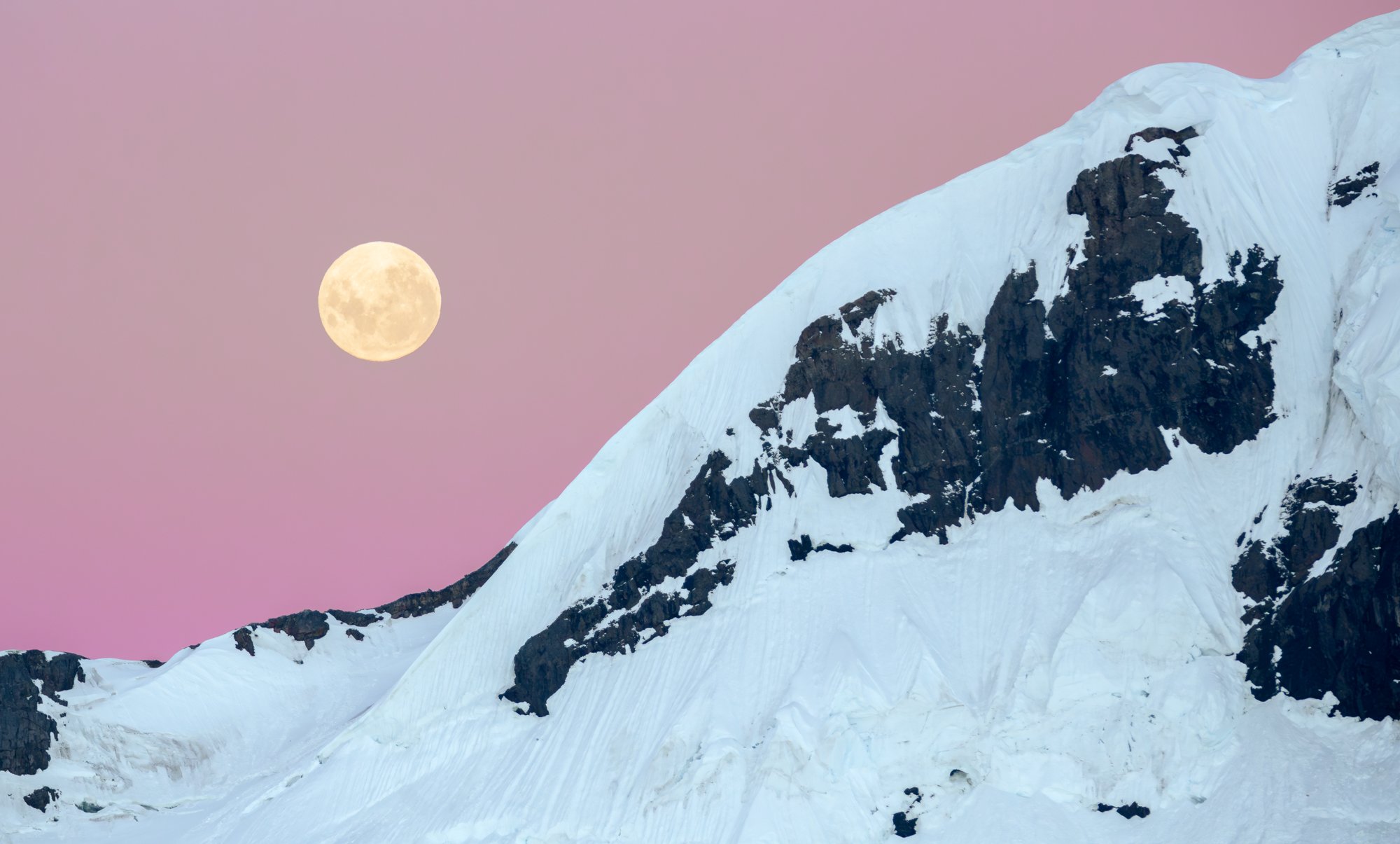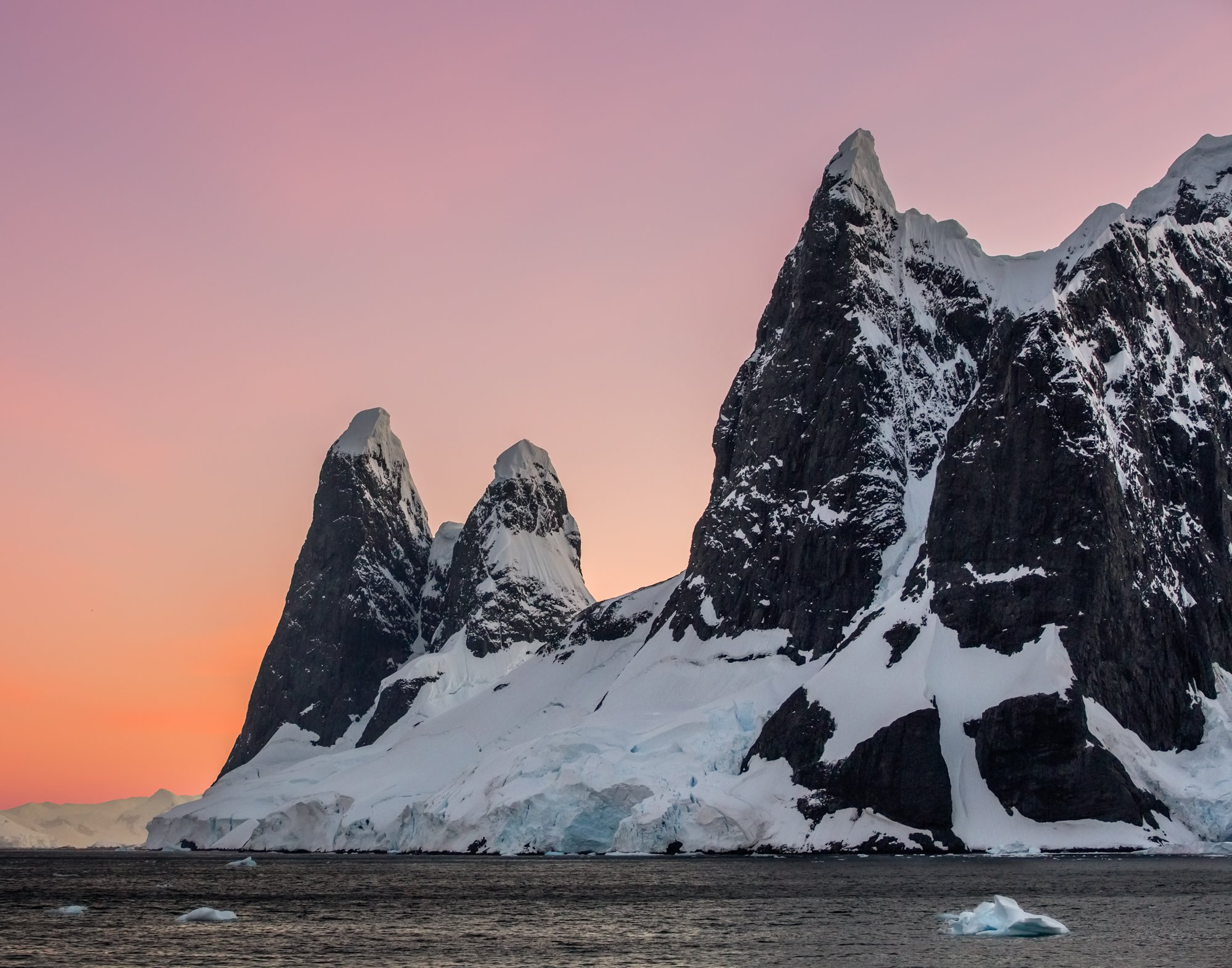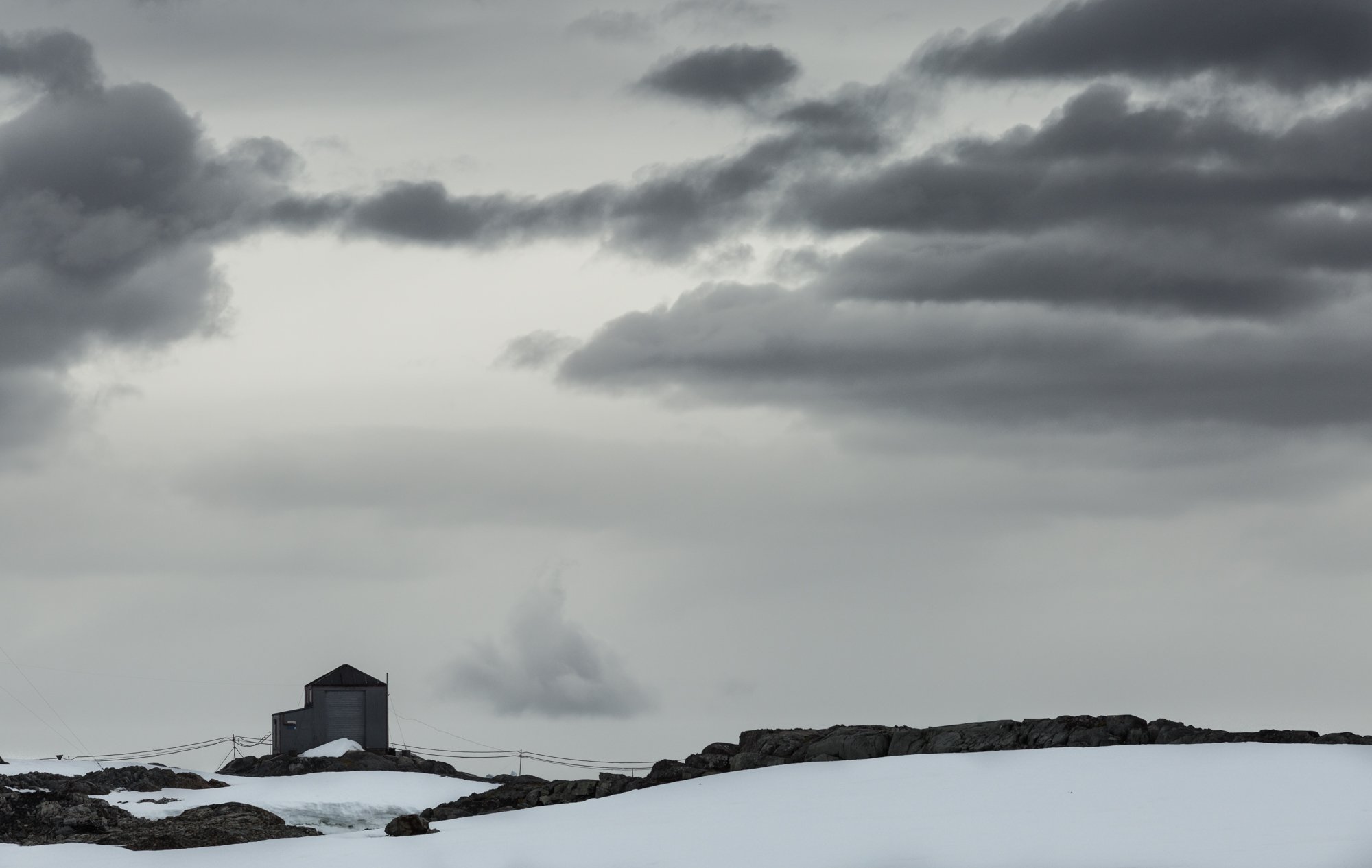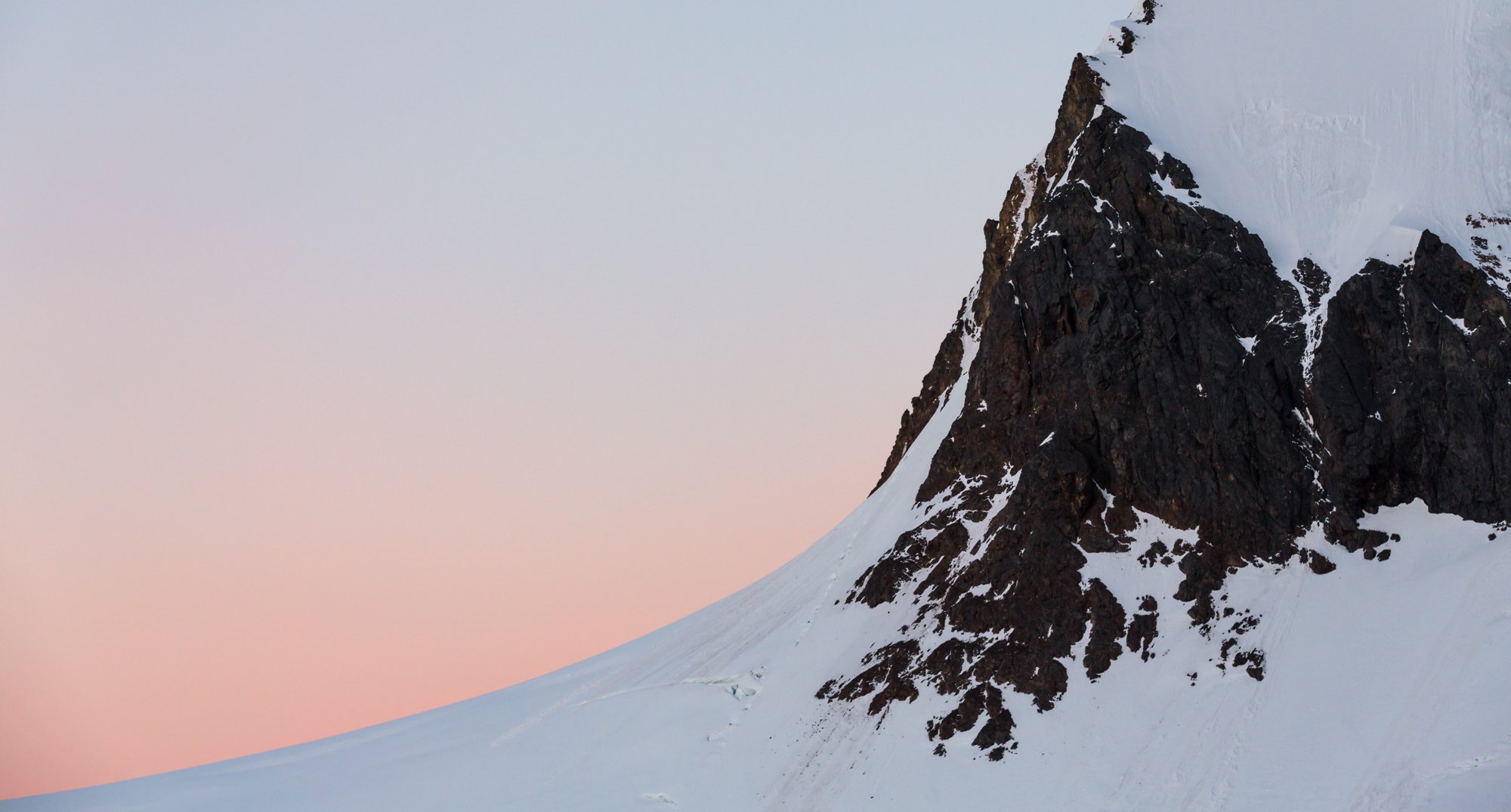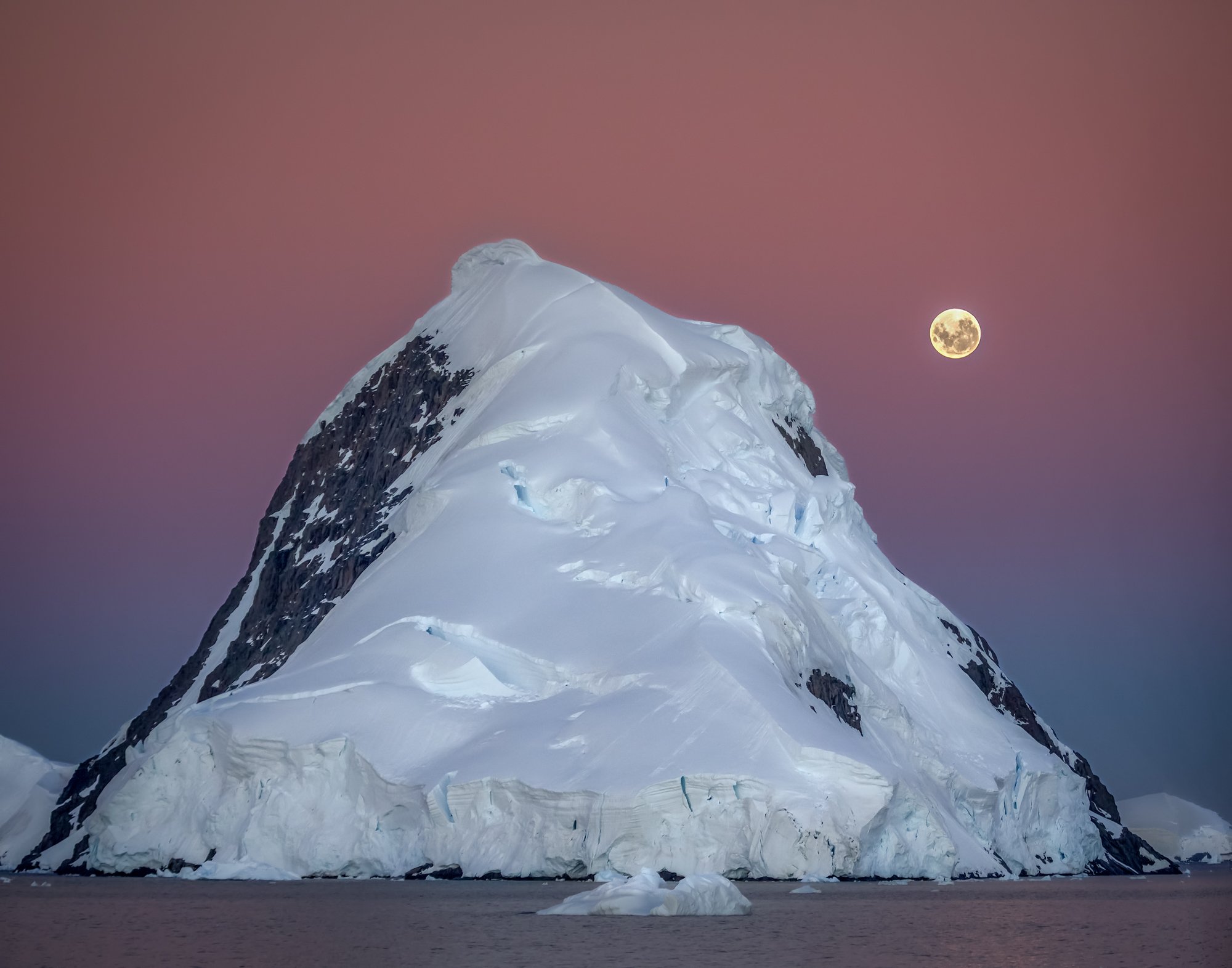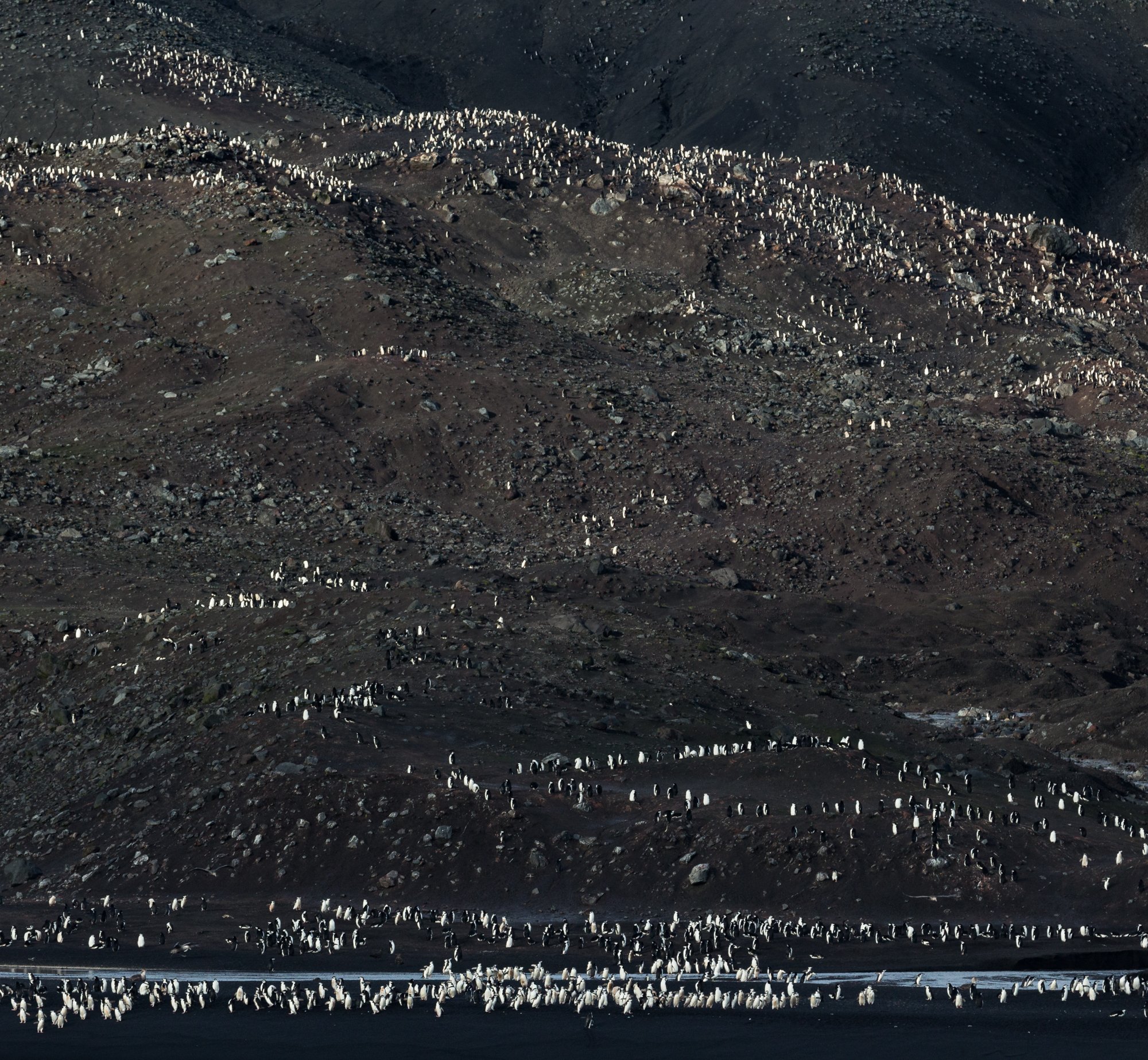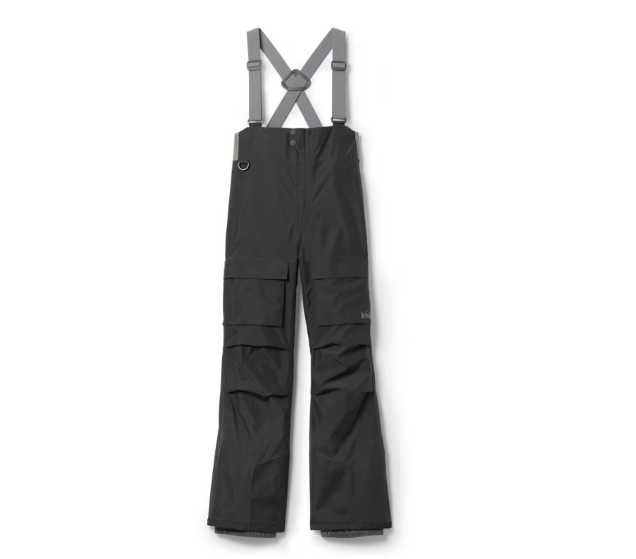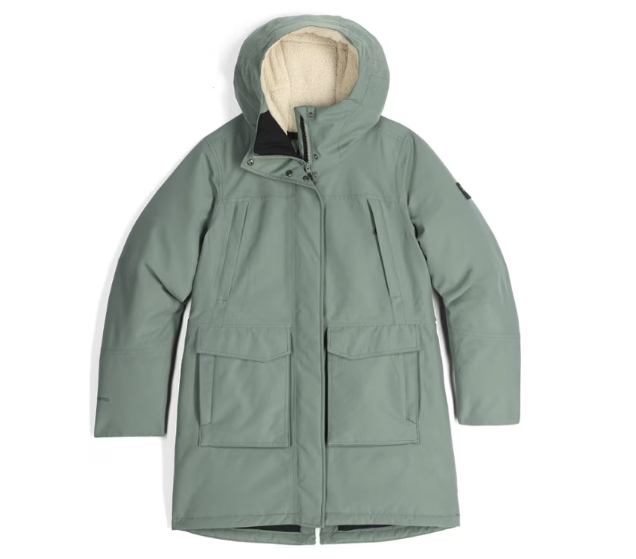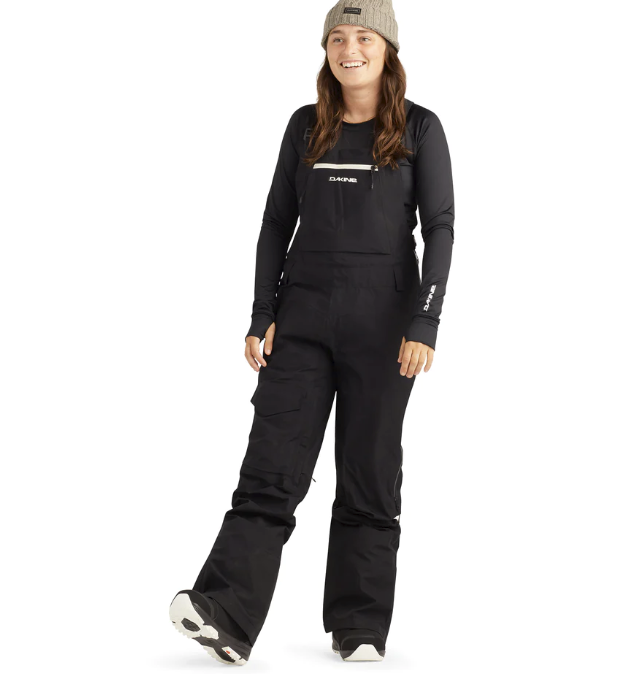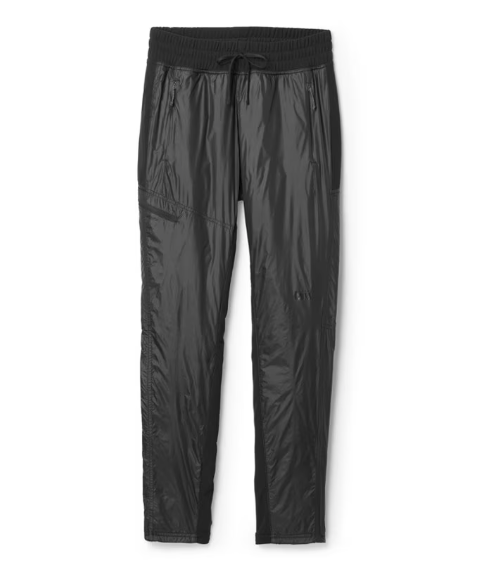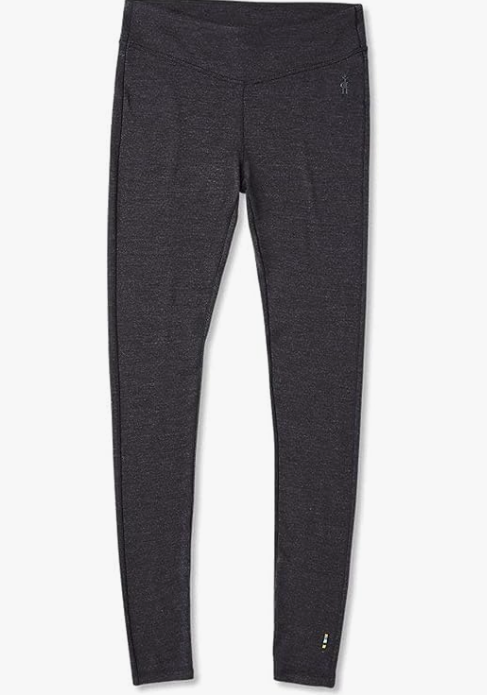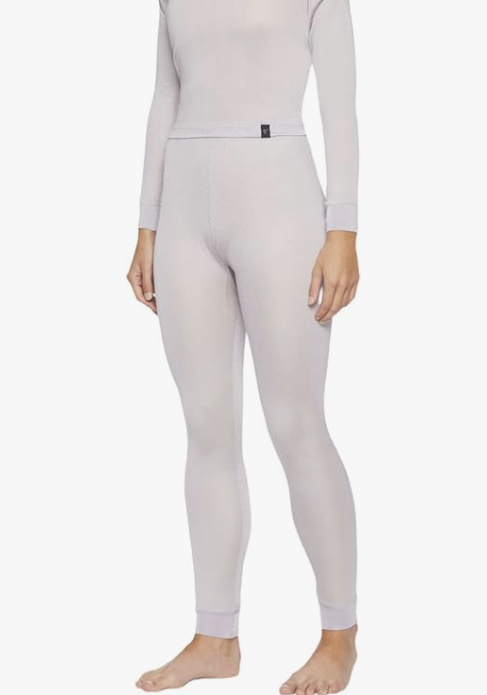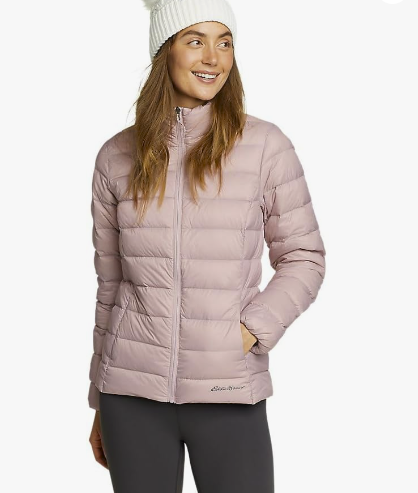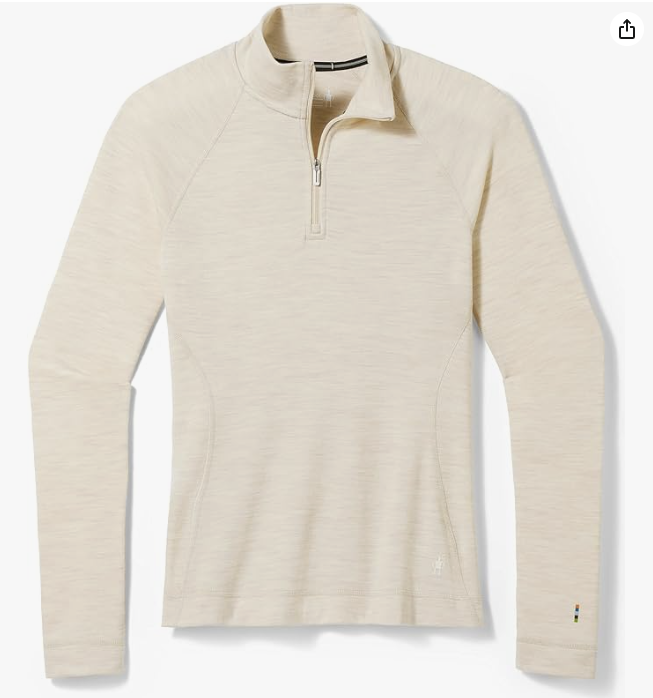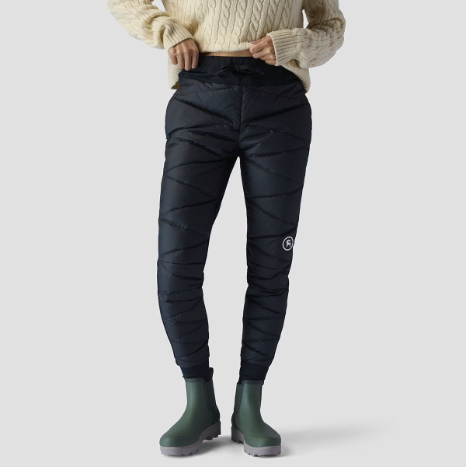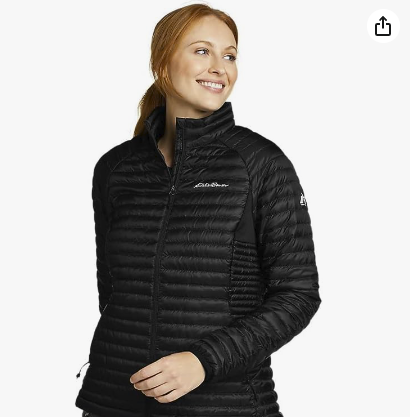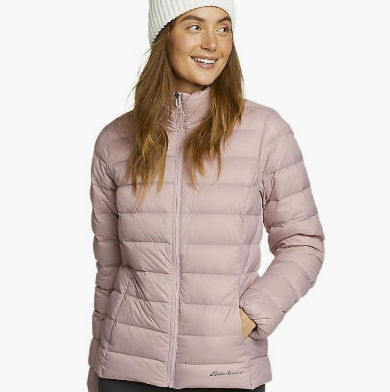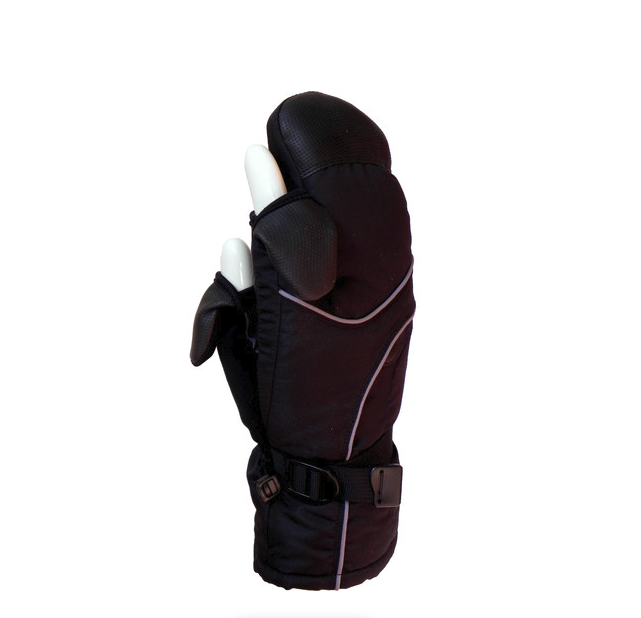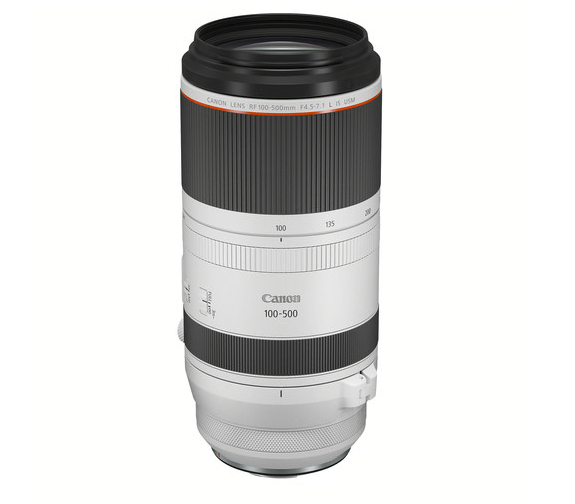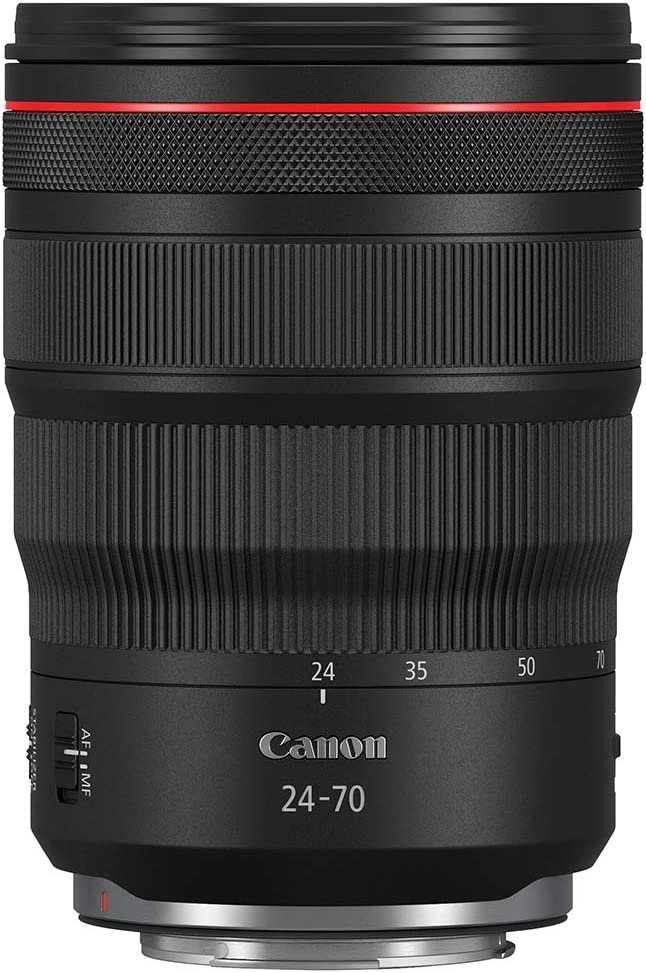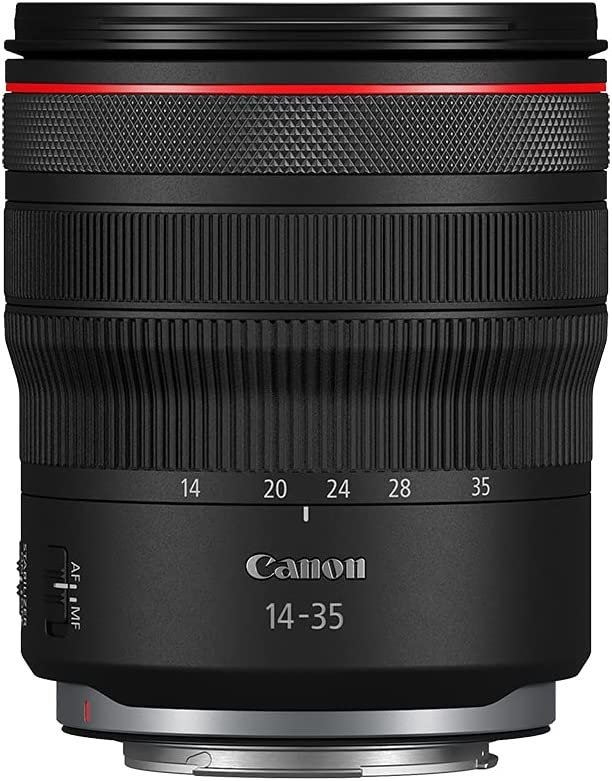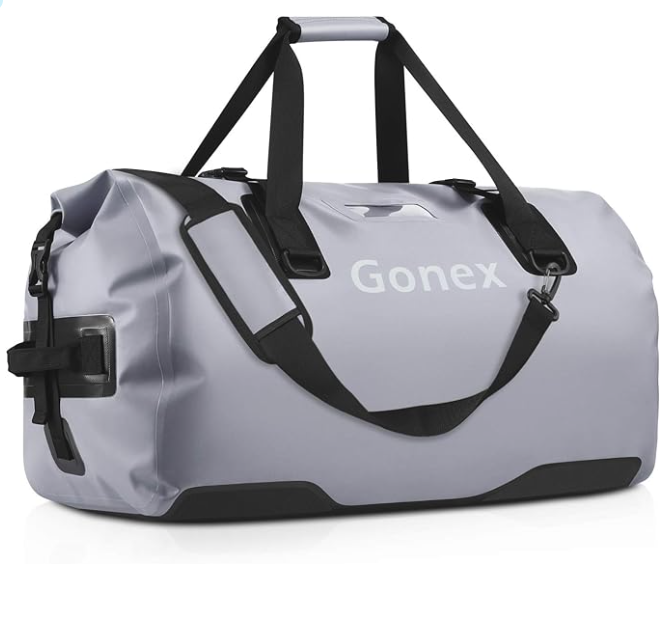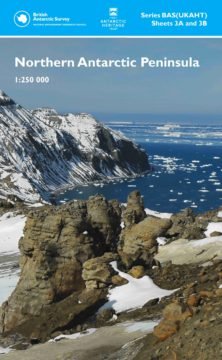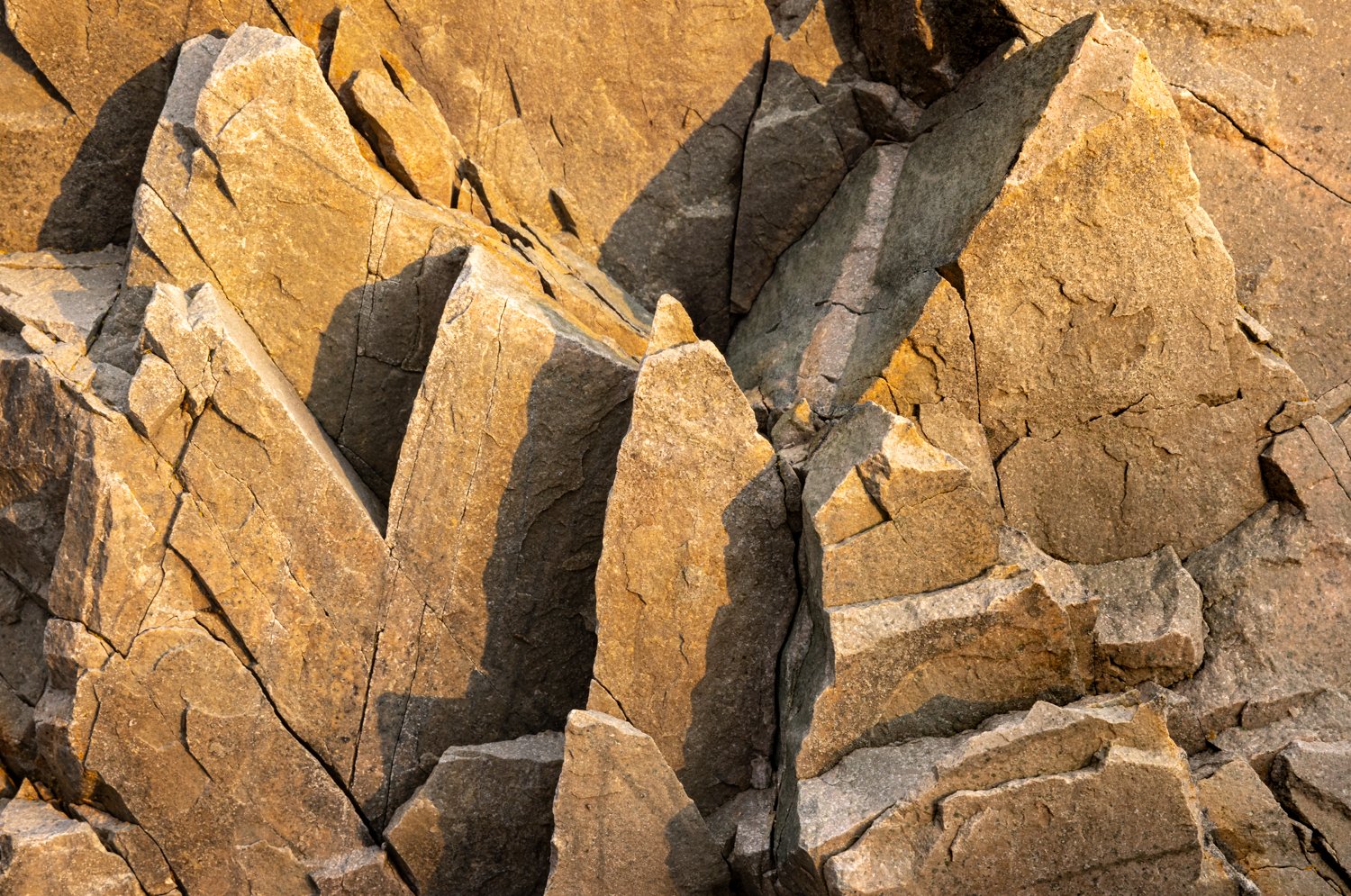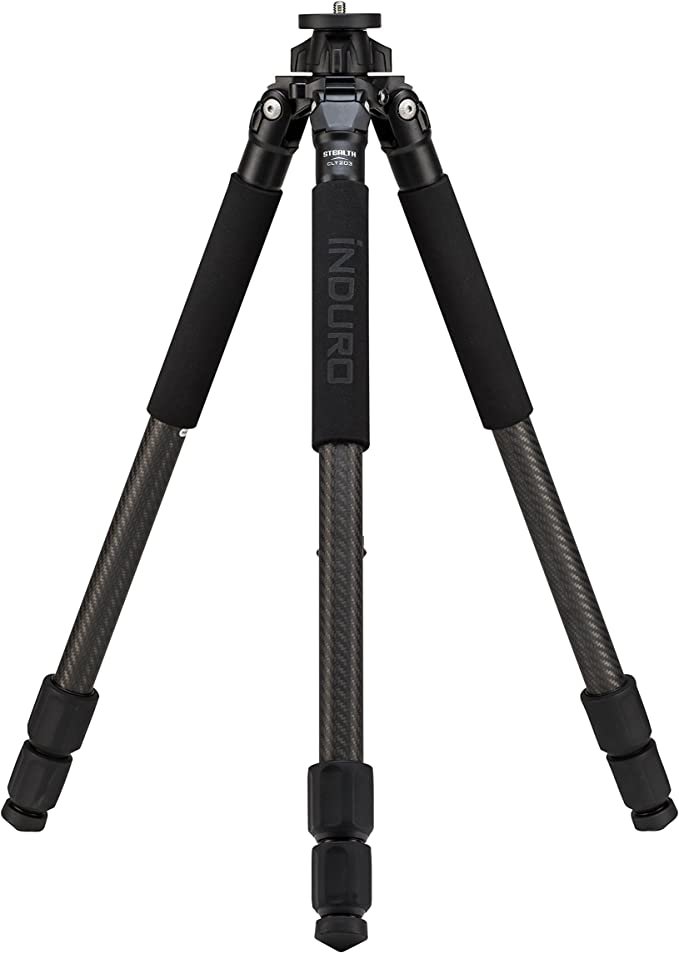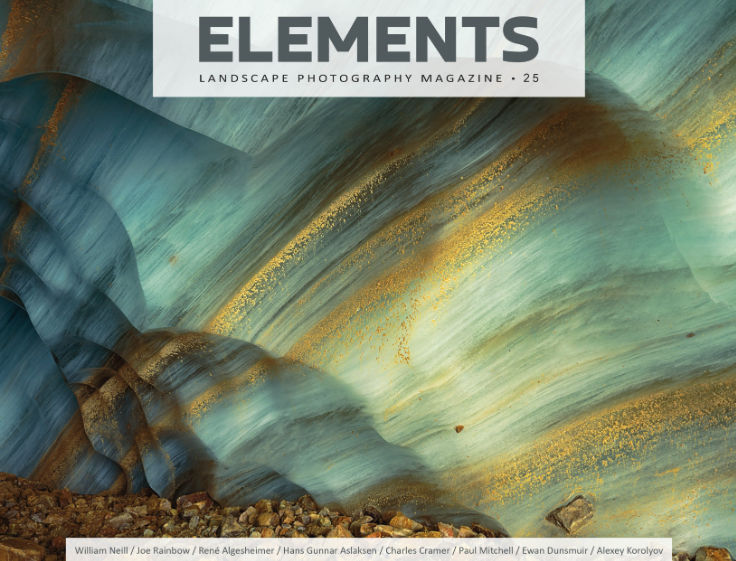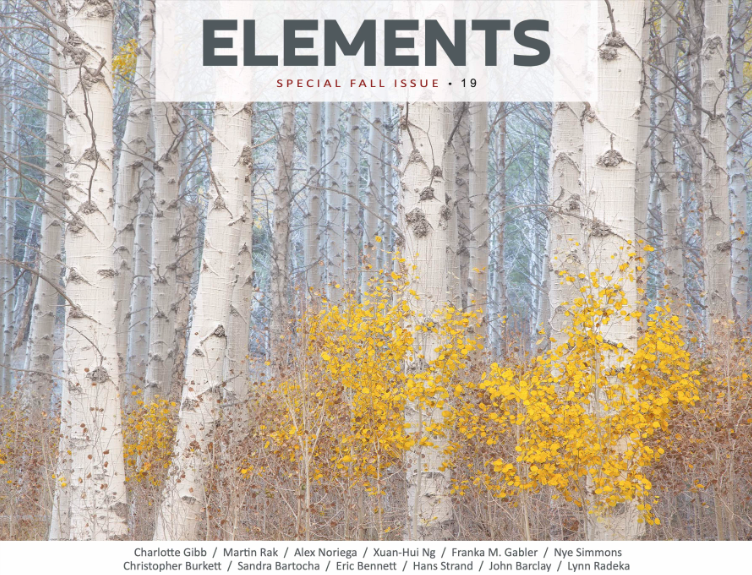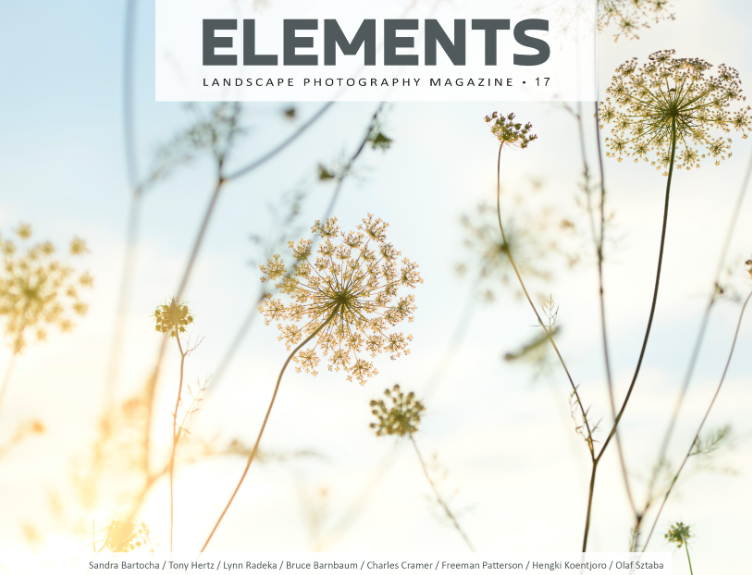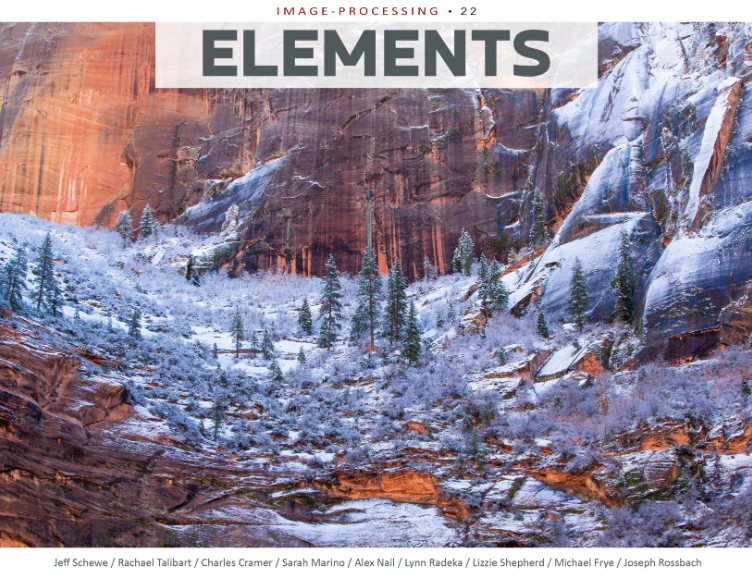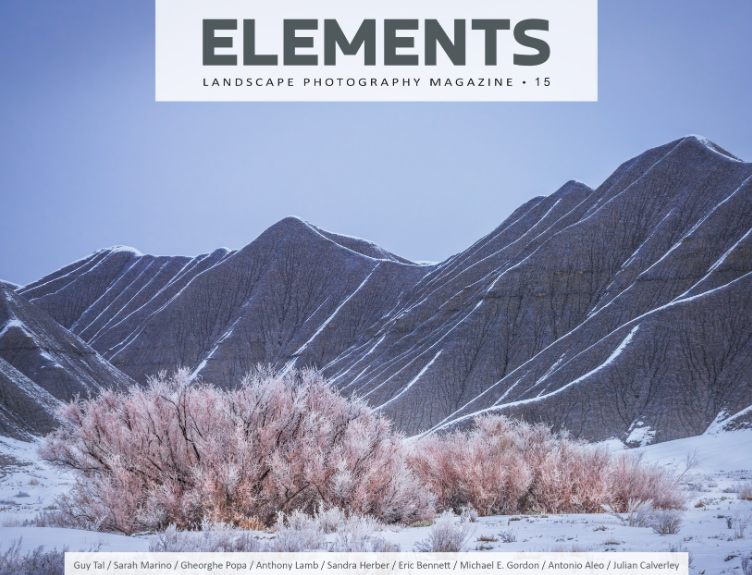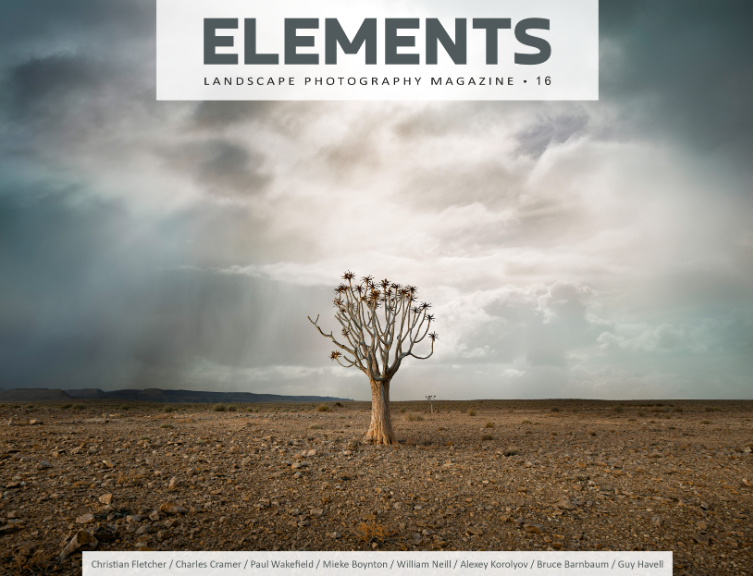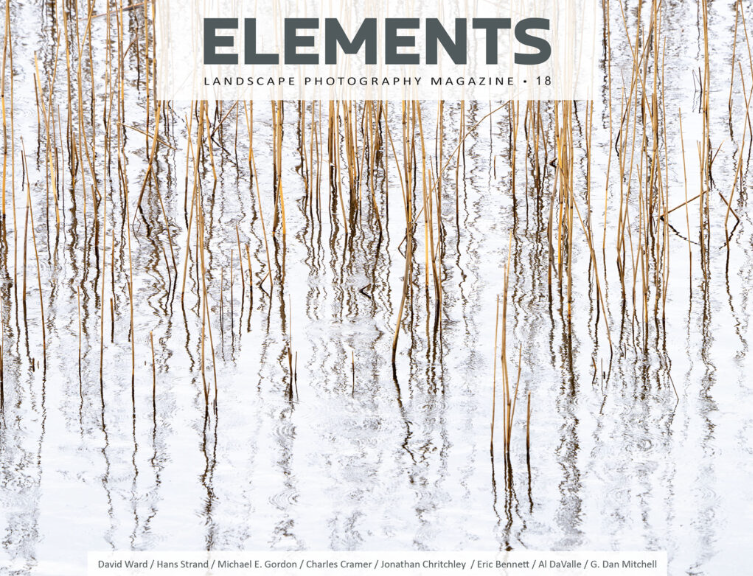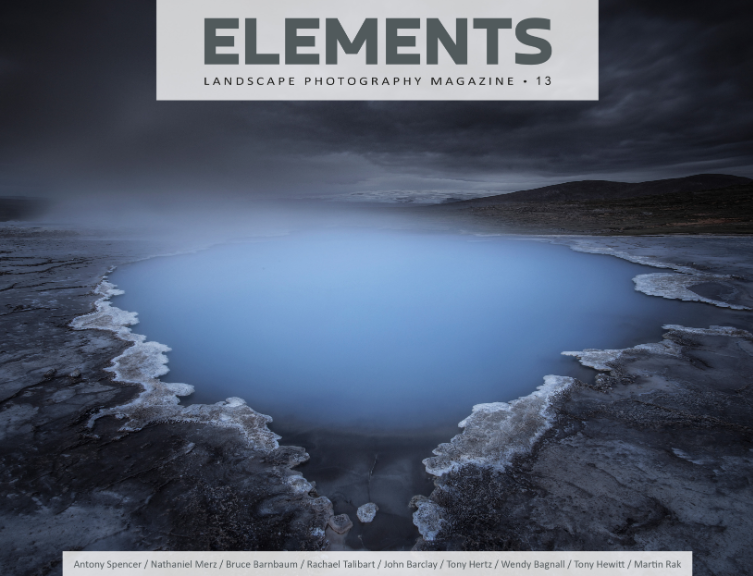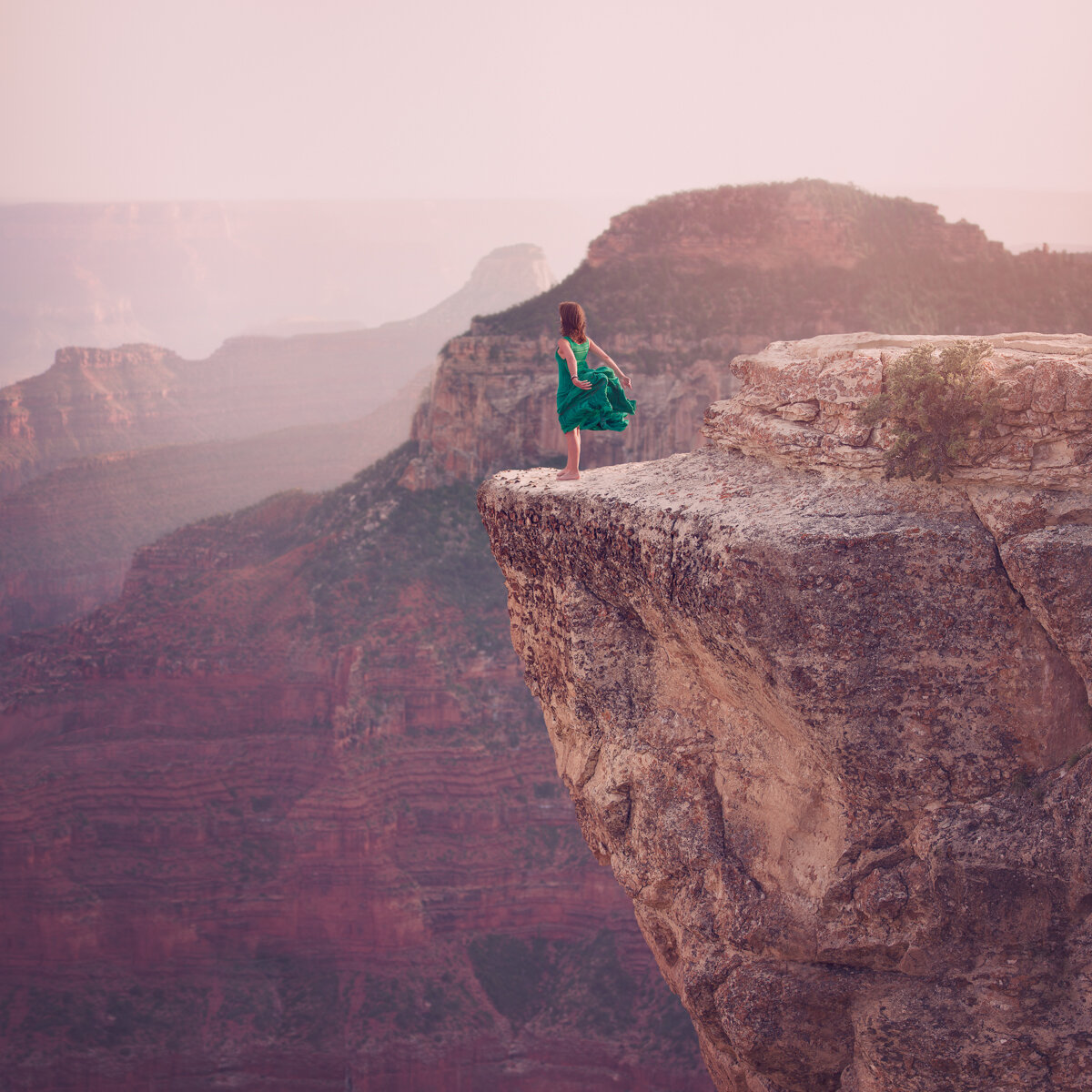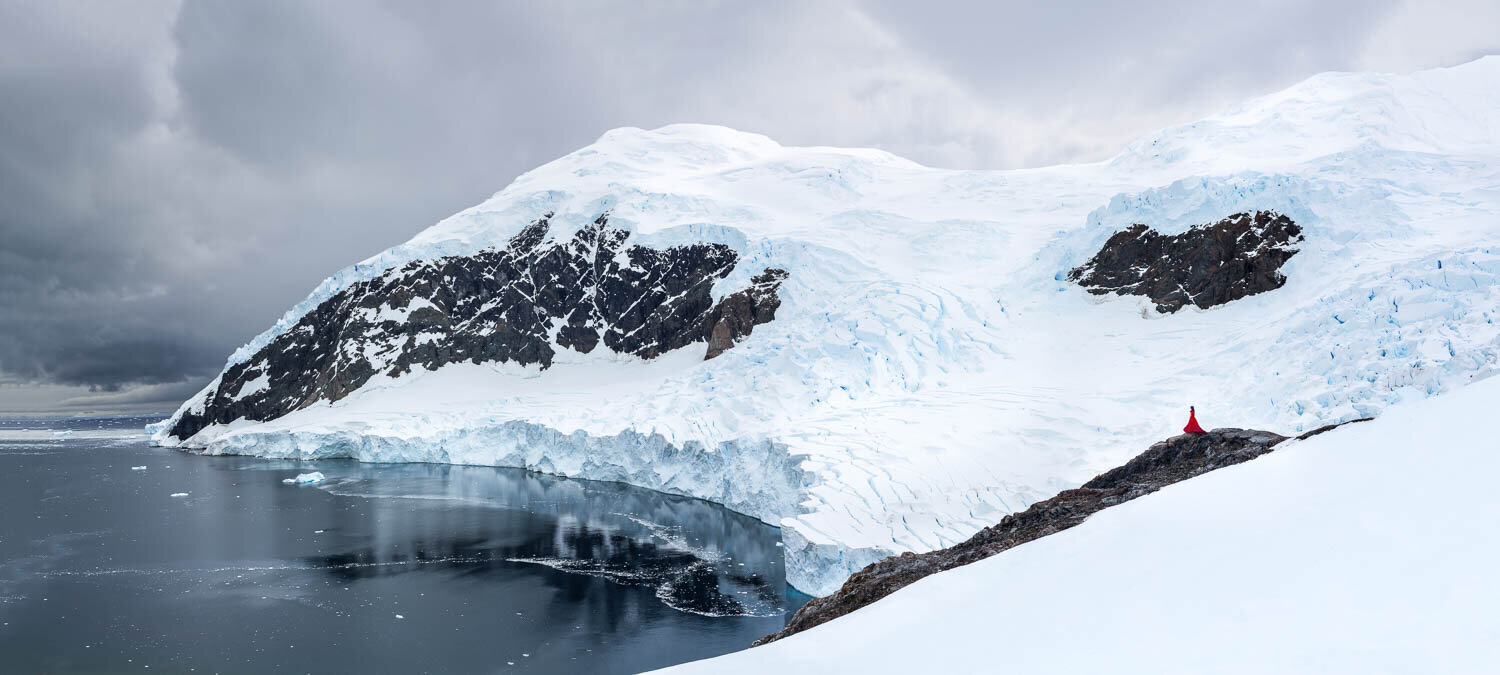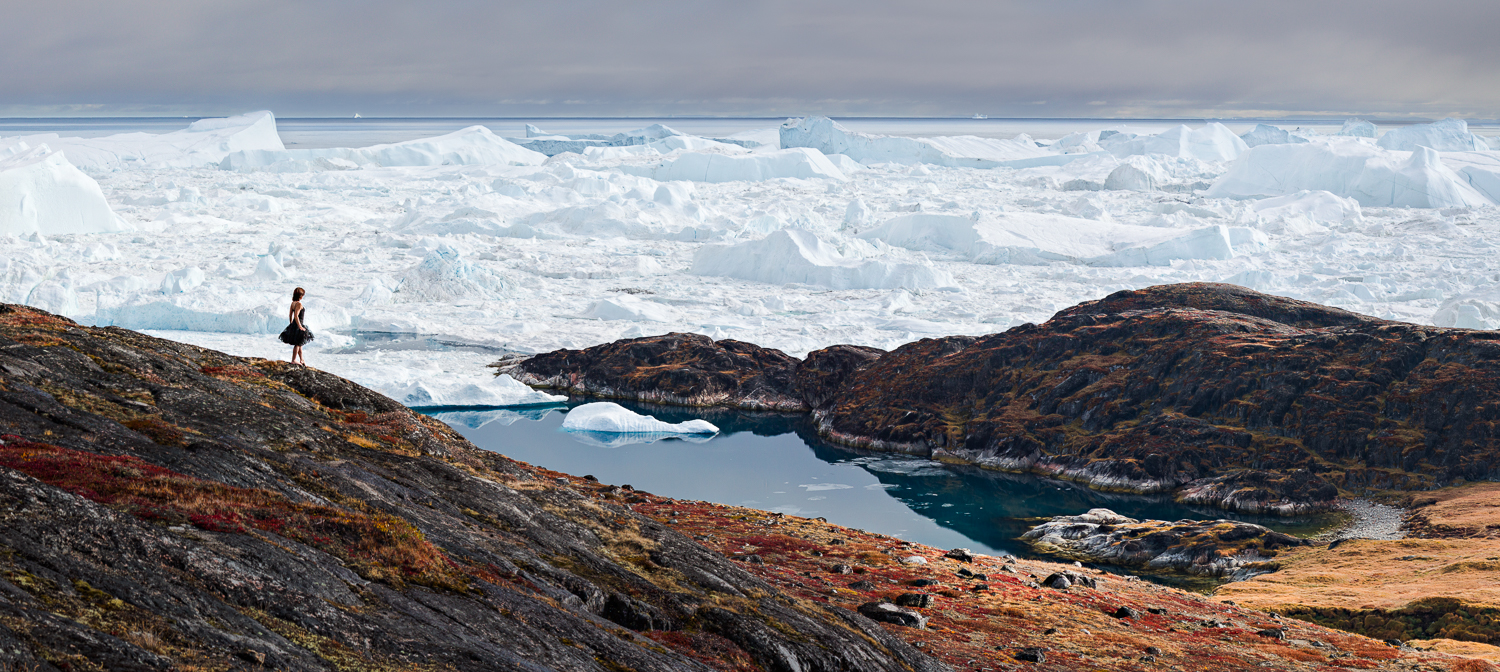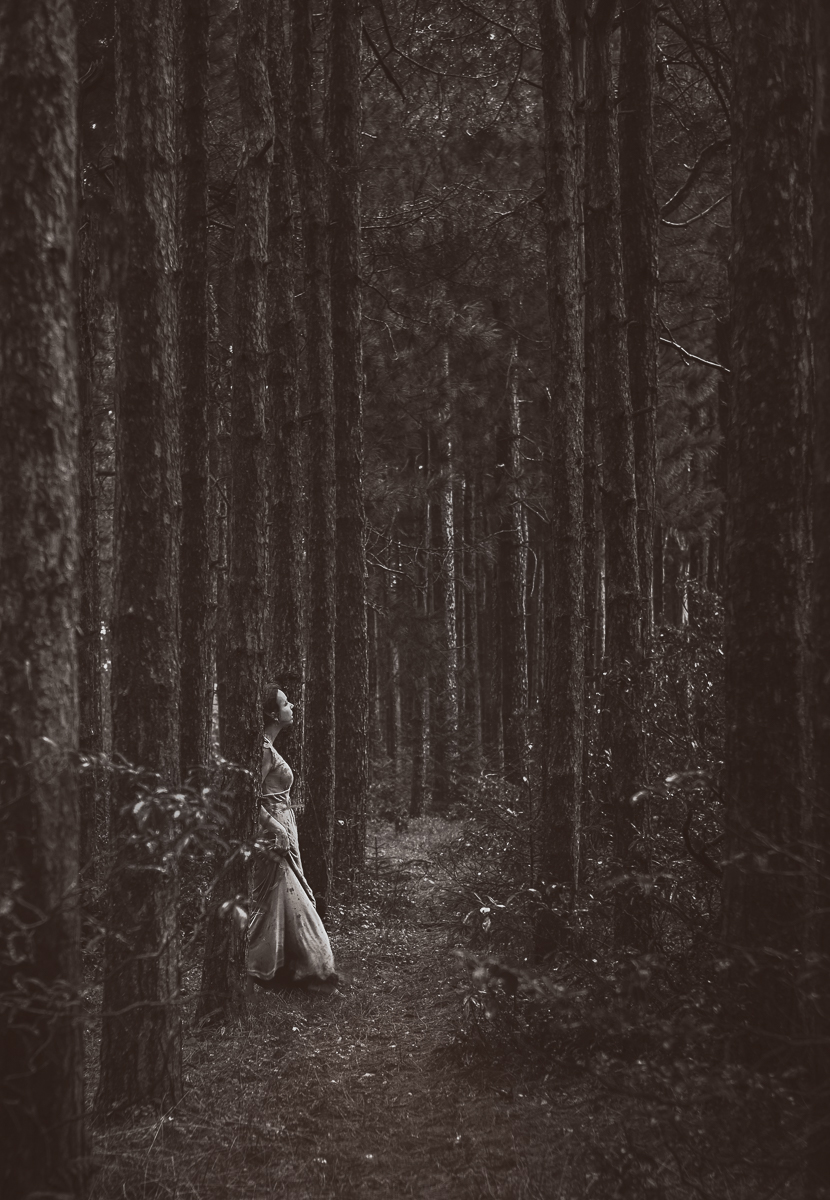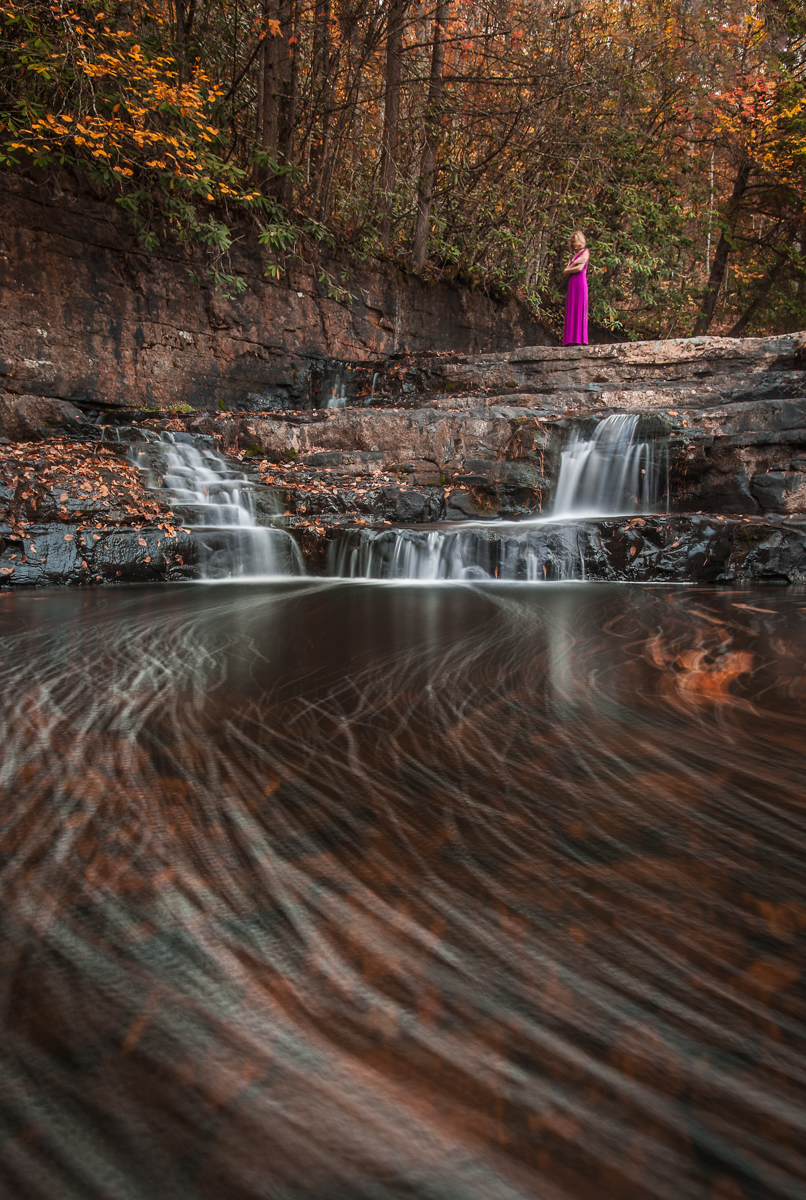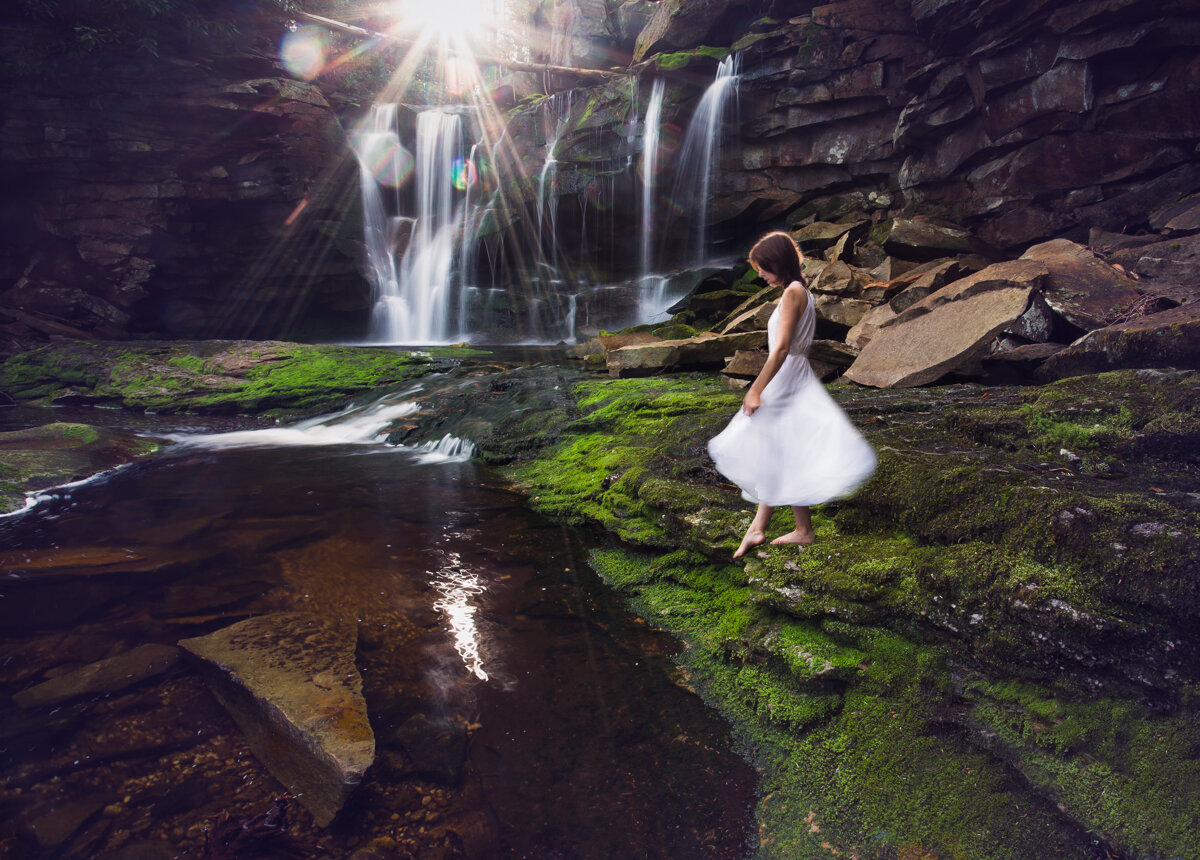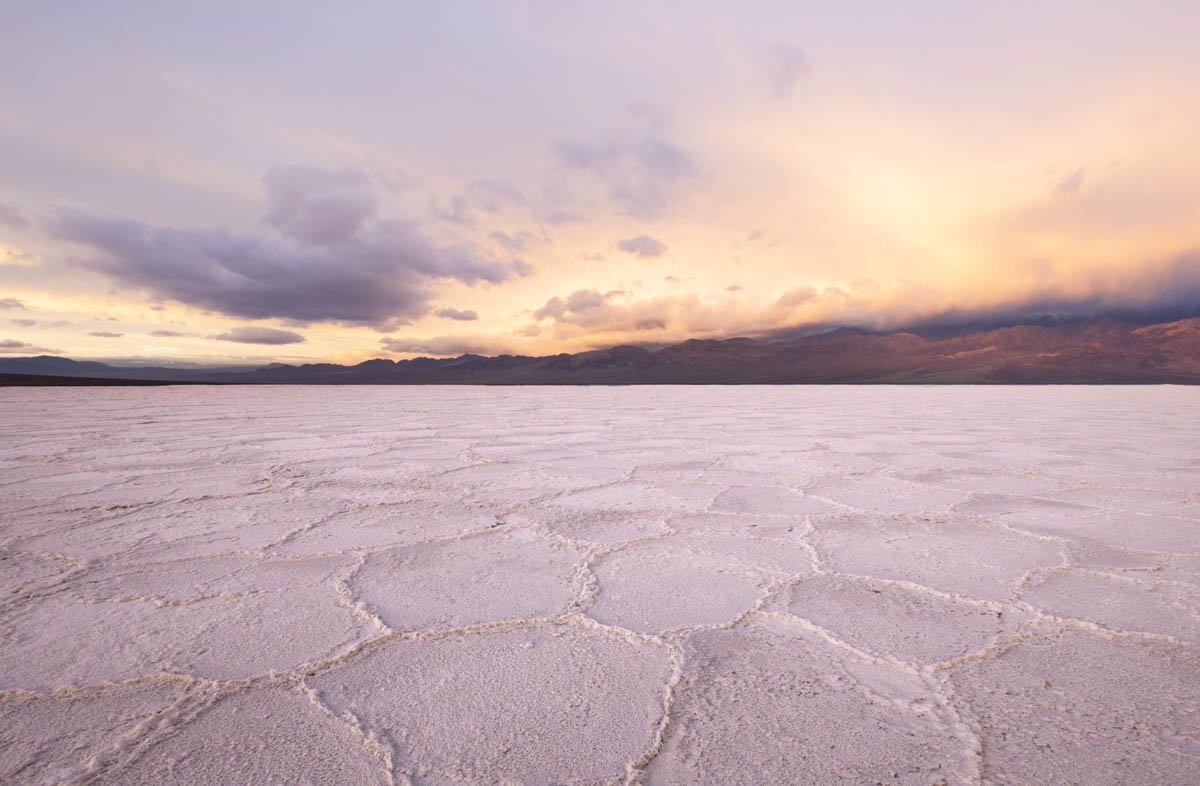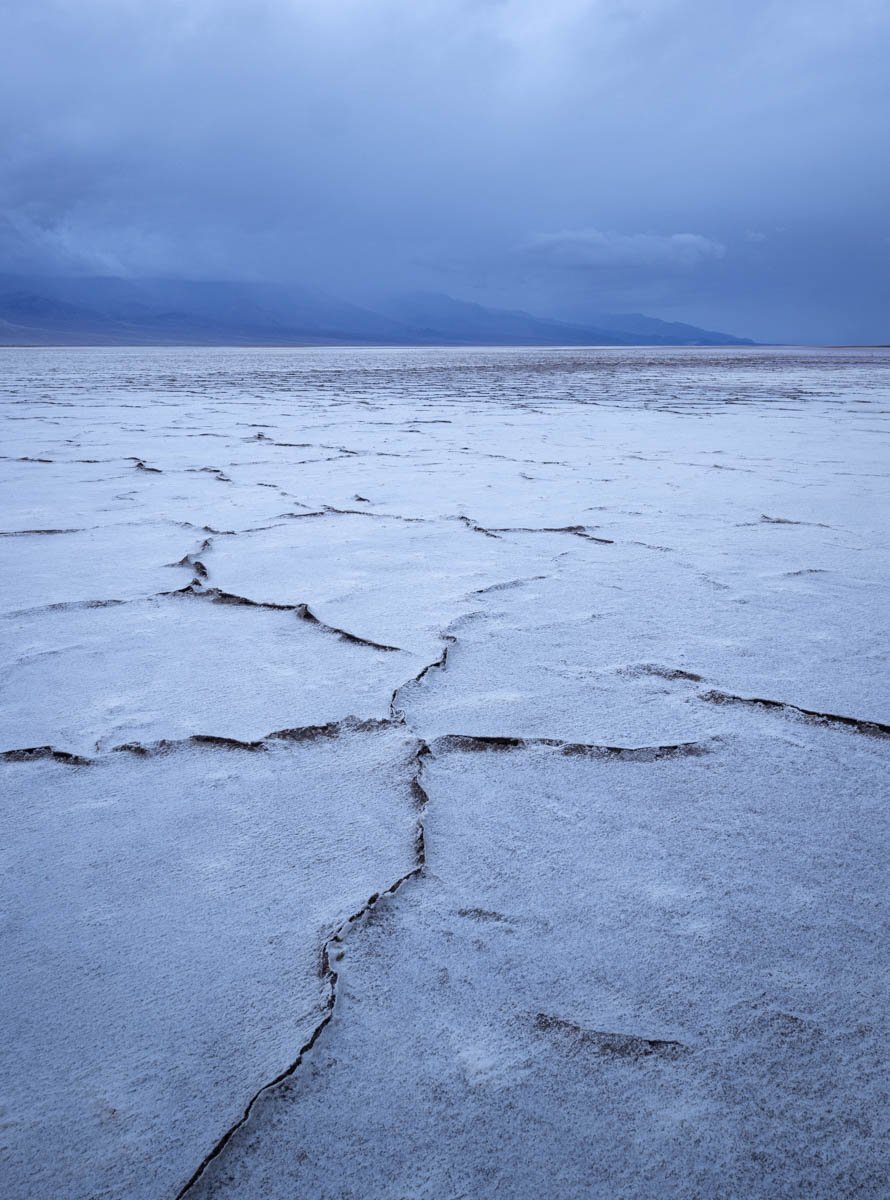From swirling clouds enveloping Clingmans Dome to mystical mornings in Cades Cove, fog and mist play a leading role in the story of Great Smoky Mountains National Park. Fog can be found here throughout the year and across all elevations, delivering both immense beauty and mood as well as playing an important role in the ecology of these mountains.
As a professional landscape and nature photographer, I’ve developed a great love of fog, and I’ve ultimately come to specialize in moody, foggy scenes. Despite having traveled around the world in search of fog, my favorite place to photograph it remains the Great Smoky Mountains. Simply put, these mountains possess a very special beauty that always calls me back to make new and exciting work.
For other landscape and nature photographers like me who love fog and are also interested in supporting Smokies Life and Great Smoky Mountains National Park, I wanted to share a very special opportunity. Next month, by invitation from Nic Stover of Nature Photography Classes, I will be teaching a webinar called The Art of Fog, which will focus on landscape and nature photography in fog.
The Art of Fog is part two of a three-part Winter Speaker Series on “Discovering the Mood and Mystery in Our Images,” a convenient, web-based learning opportunity. I’ll be joining the legendary Michael Frye as well as acclaimed Franka Gabler, both based in the Yosemite National Park area, which is a huge honor for me!
Here’s the great part: 10% of the proceeds from The Art of Fog will go directly to Smokies Life, which means you can learn and give back all at once. I hope you’ll consider helping me raise funds for my special park partner.
What We’ll Cover in The Art of Fog
Together, we will explore the magic of this moody weather phenomenon. Spanning both art and science, The Art of Fog will review selected topics such as the types of fog and the meteorological elements necessary for formation, forecasting tools, symbolism, the ways in which its visual effects on the landscape can affect mood and emotion, and a case study in applying this knowledge in the field. Inspirational images will be included throughout the presentation. After the webinar, you will have a deeper understanding of fog and, more importantly, a greater appreciation of how you can employ it as a powerful artistic element to inject mood into your expressive photography.
Cost & Date
You can sign up for individual webinars at just $17 each, or for all three for just $47. The Art of Fog live webinar takes place on March 5 at 7 p.m. EST (dates for the other webinars below). No problem if you cannot attend live – recordings will be available online for a year afterwards and can even be downloaded for safekeeping if you prefer. Details are below, and I hope you’ll consider joining me!
More From the Website
The speaker series from Nature Photography Classes is a unique opportunity to hear from and interact with people who rarely speak with audiences and are considered some of the best photography educators in the world.
Franka Gabler “Conveying Mood and Capturing the Essence” (LIVE February 26 at 4 p.m. PST/ 7 p.m. EST)
Michele Sons “The Art of Fog” (LIVE March 5 at 4 p.m. PST/ 7 p.m. EST)
Michael Frye “A Sense of Mystery" (LIVE March 11 at 4 p.m. PST/ 7 p.m. EST)
